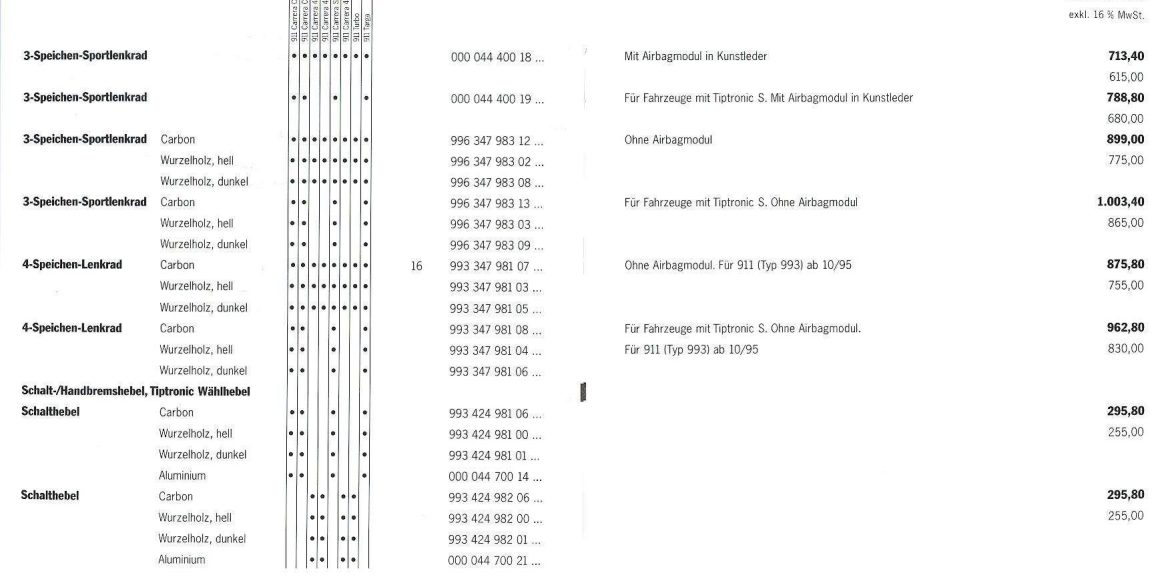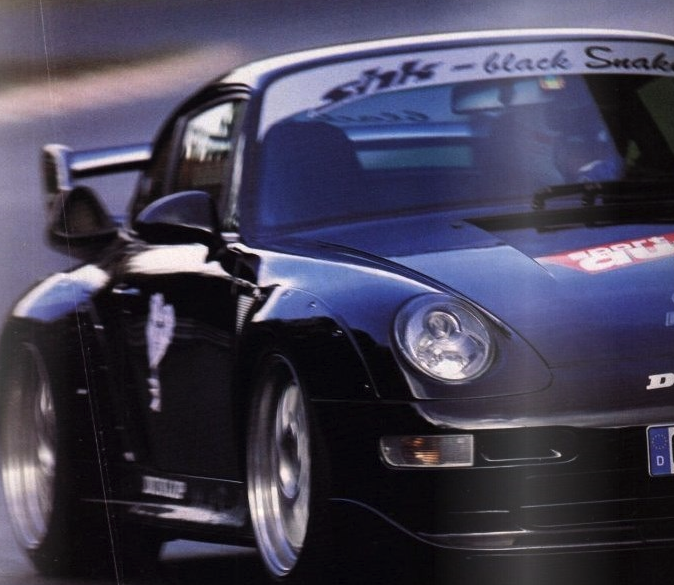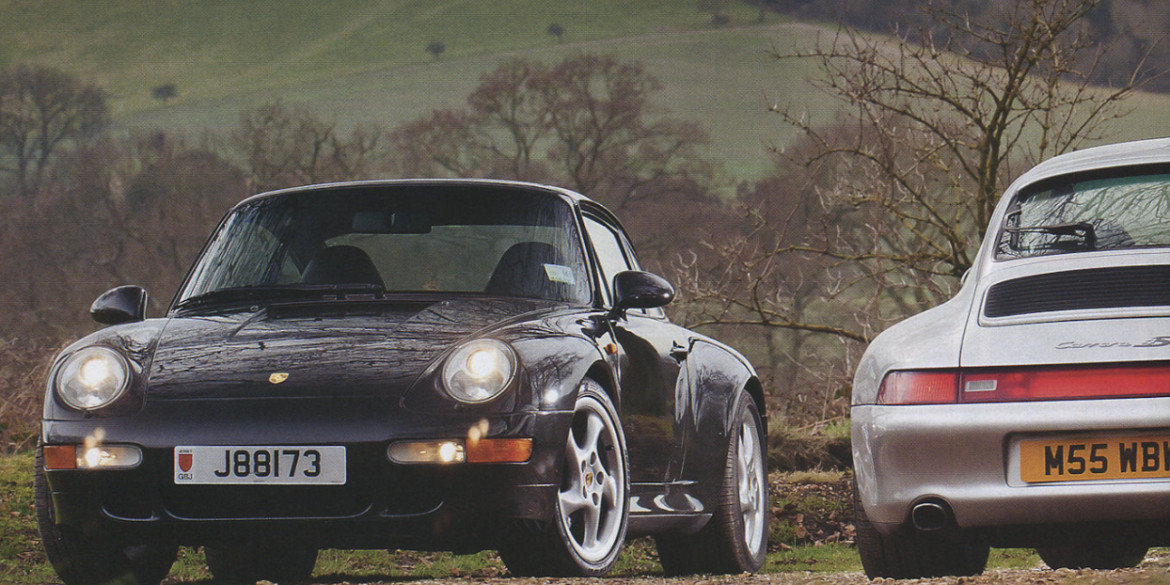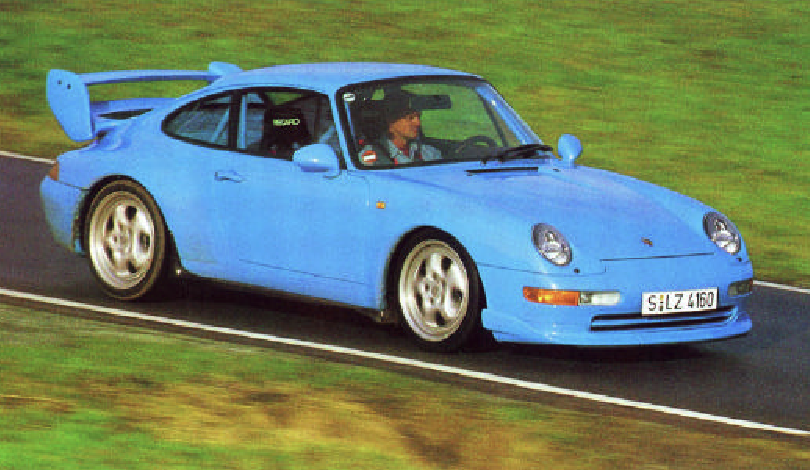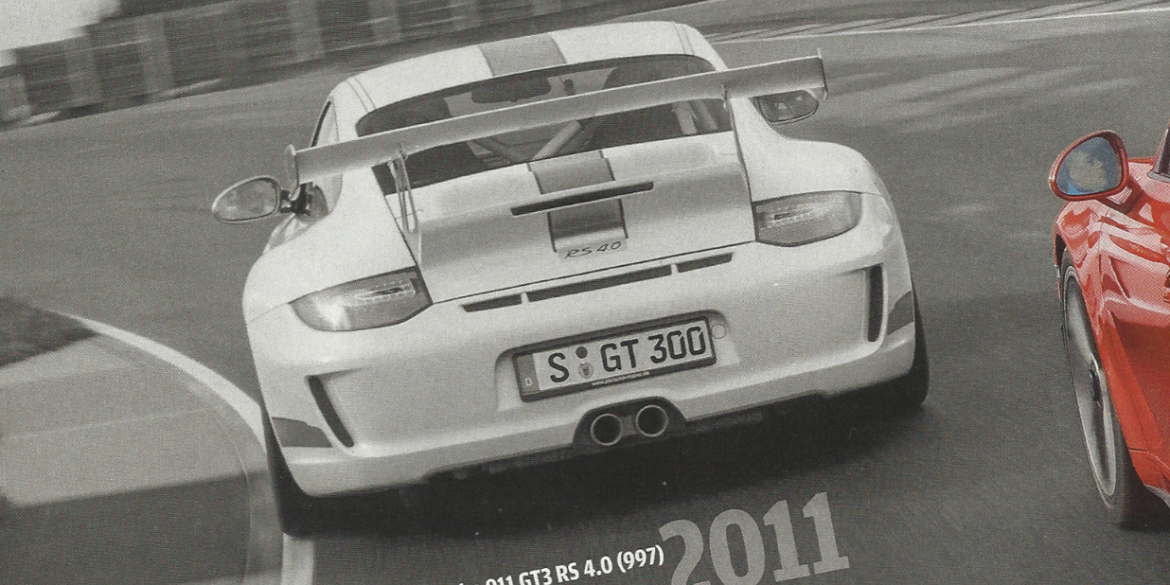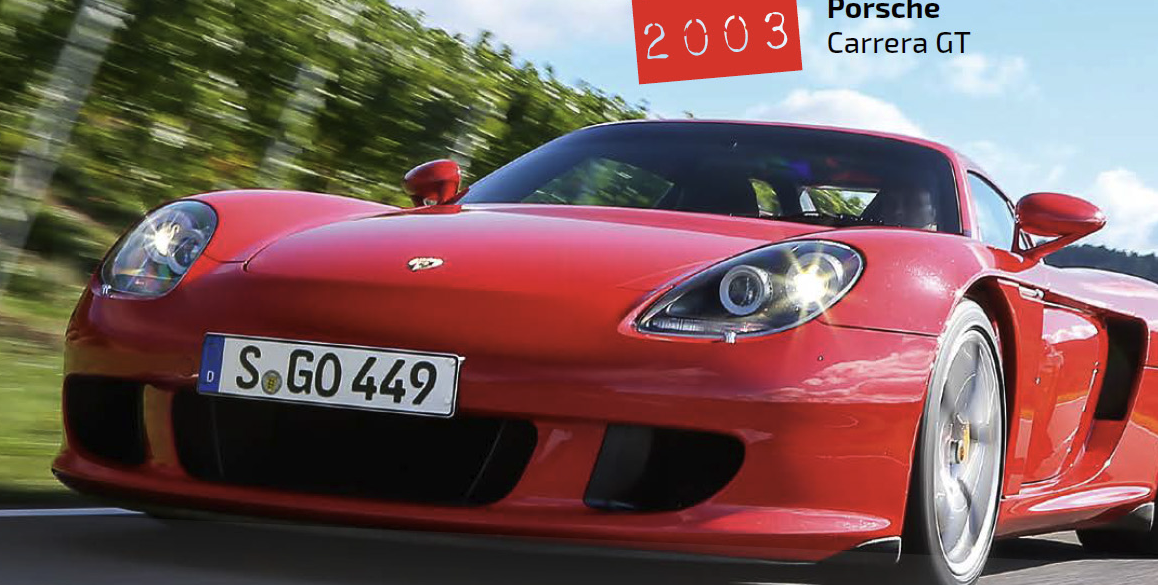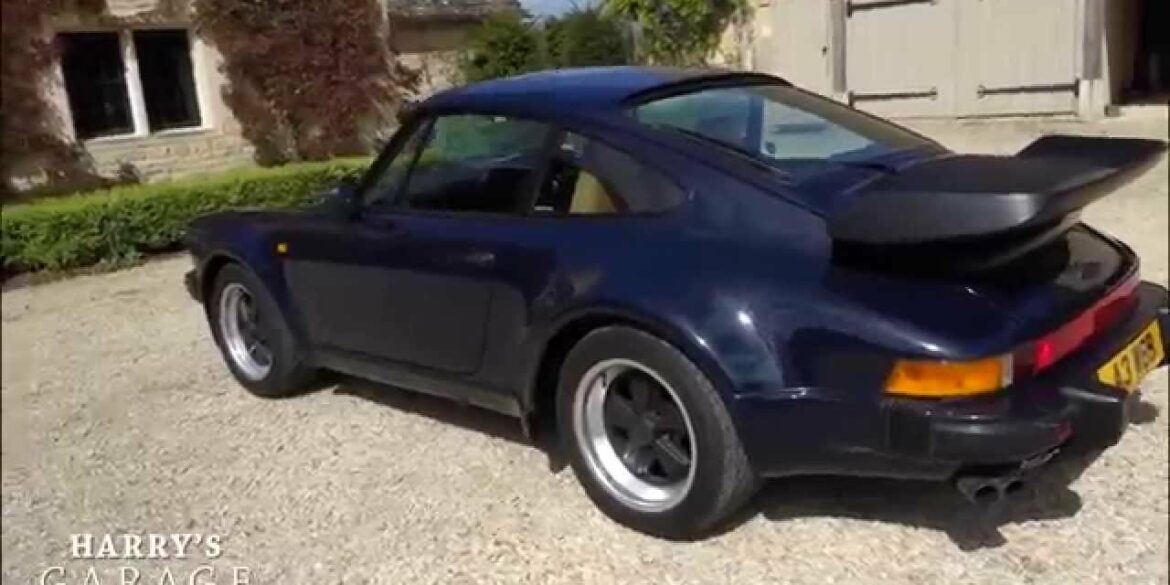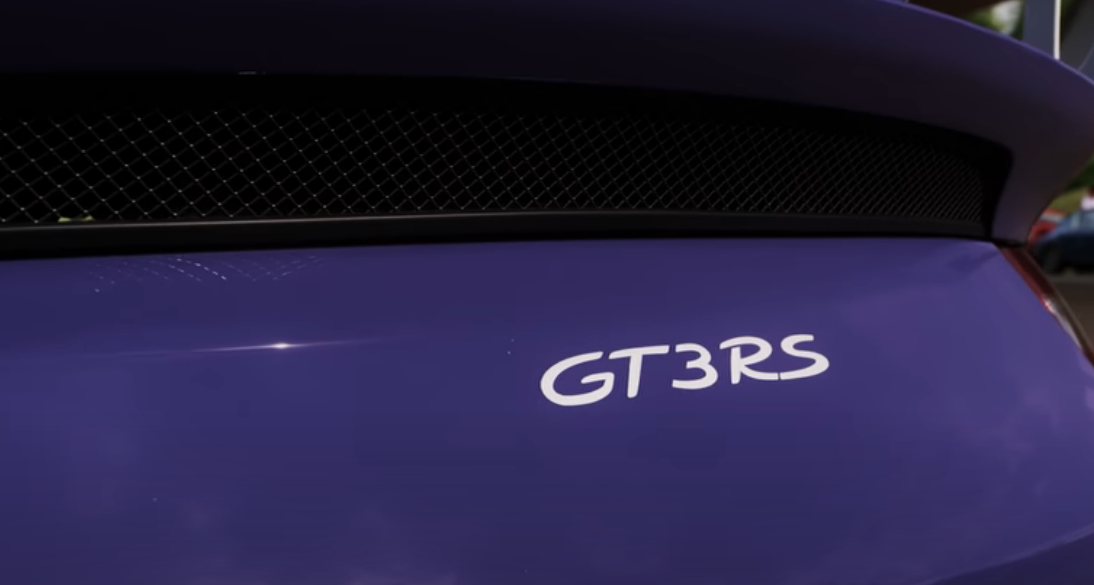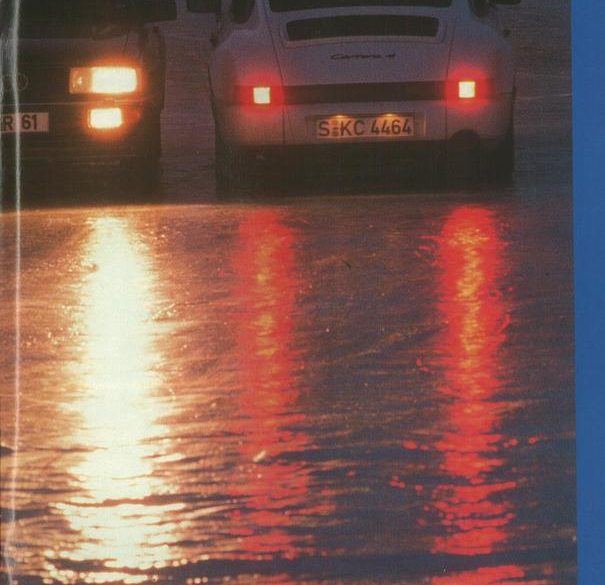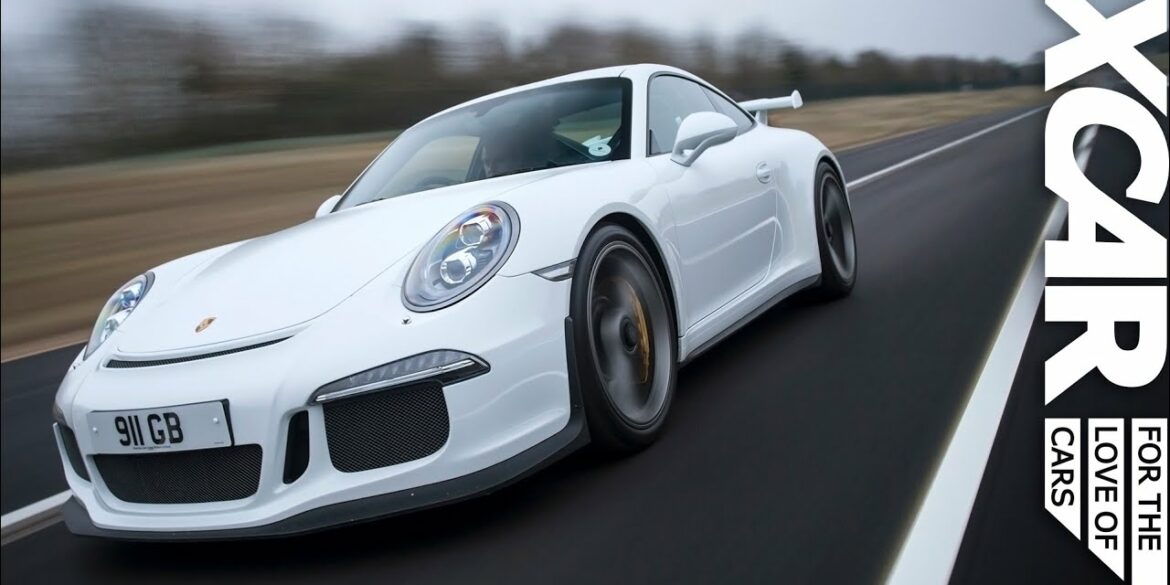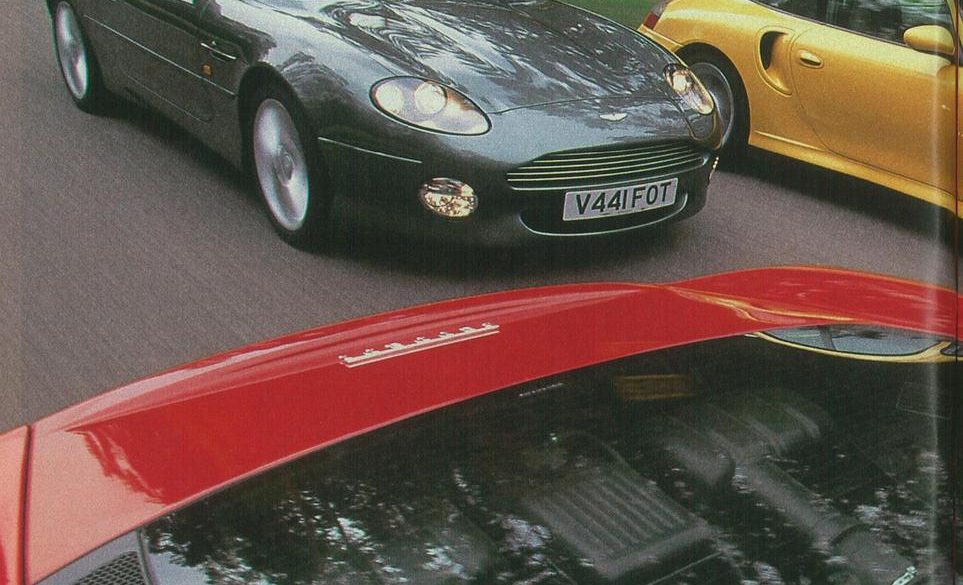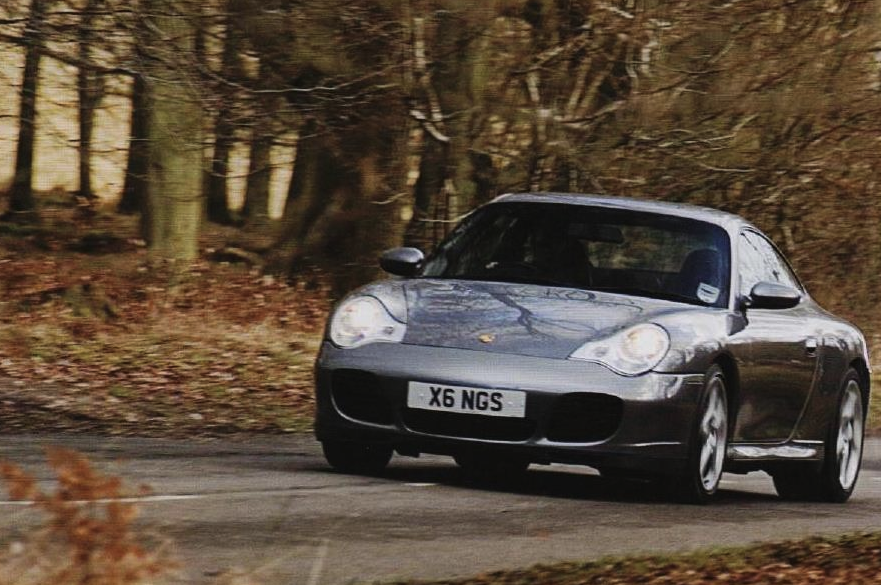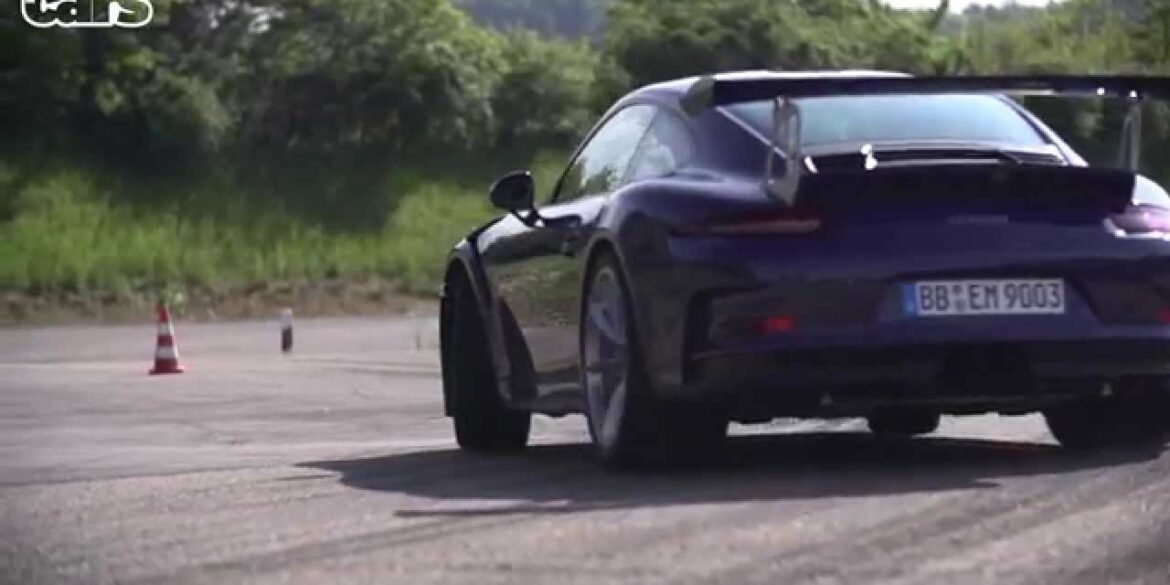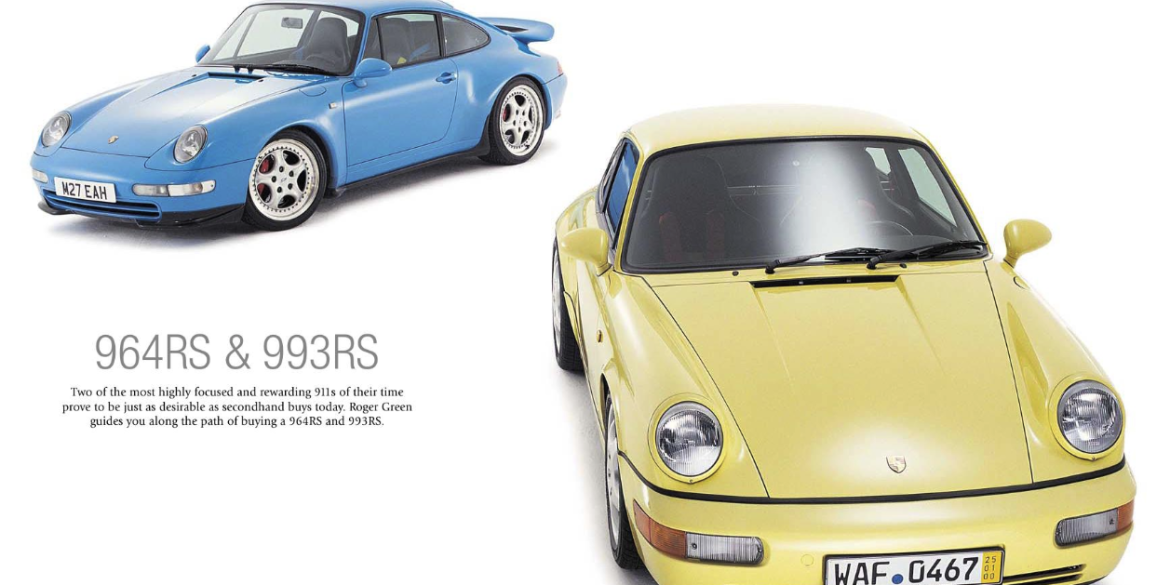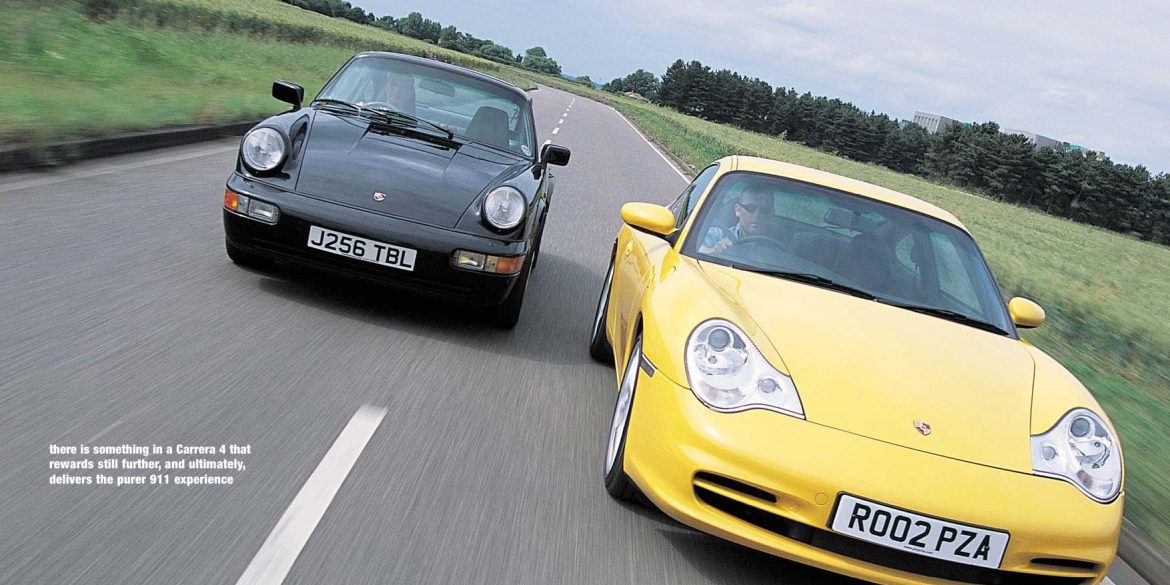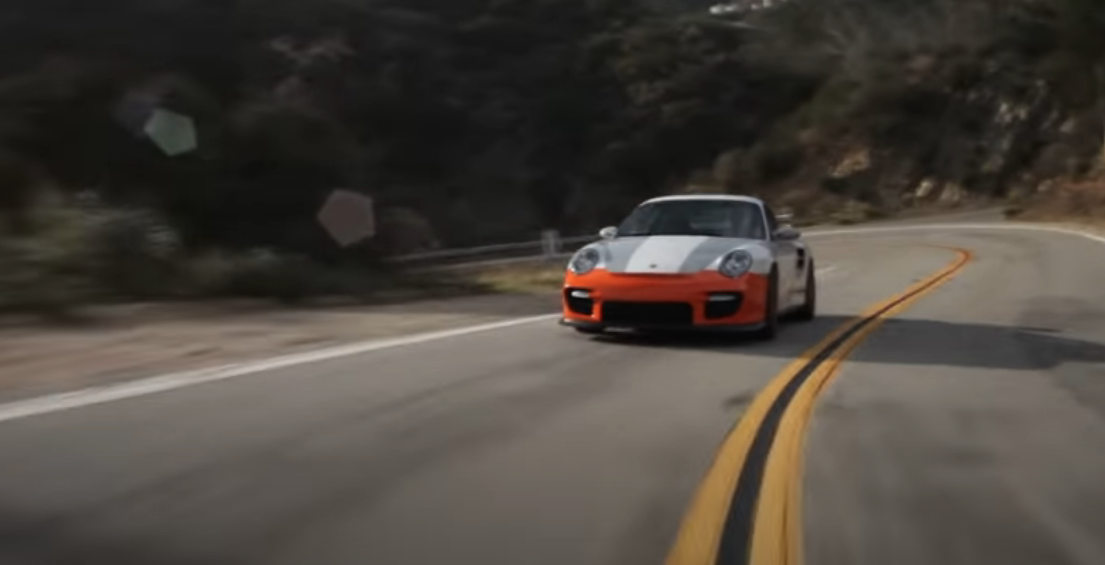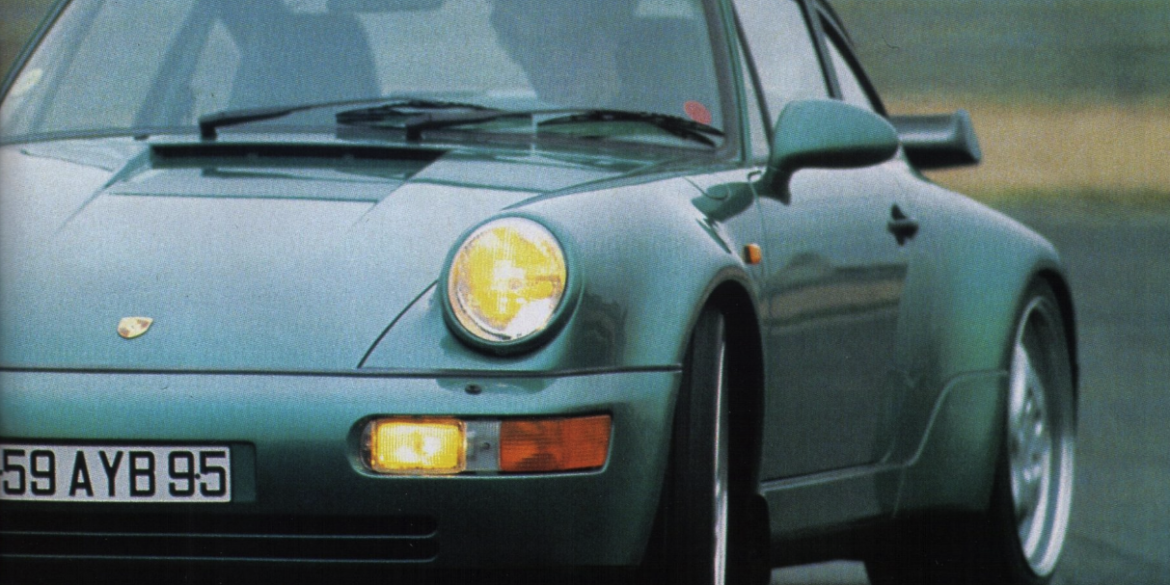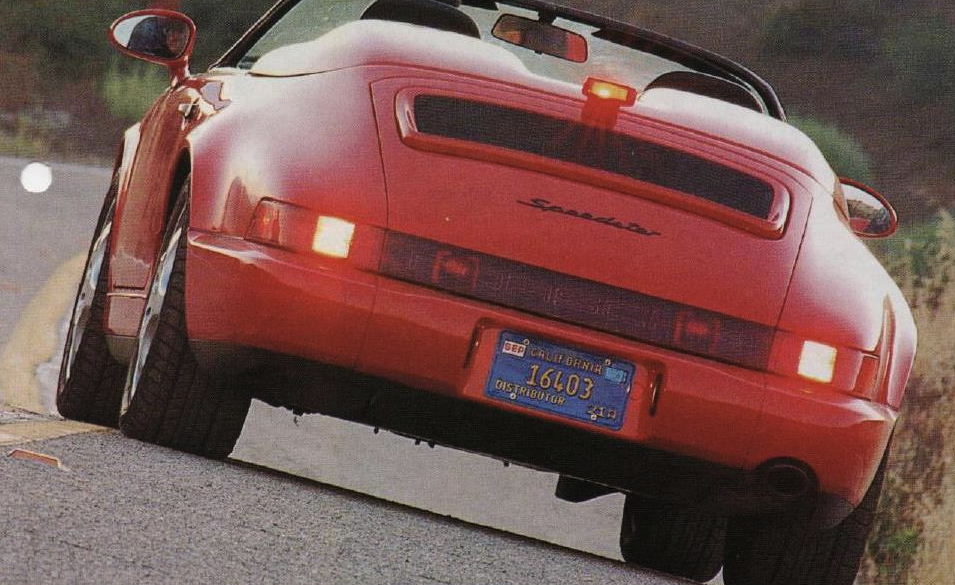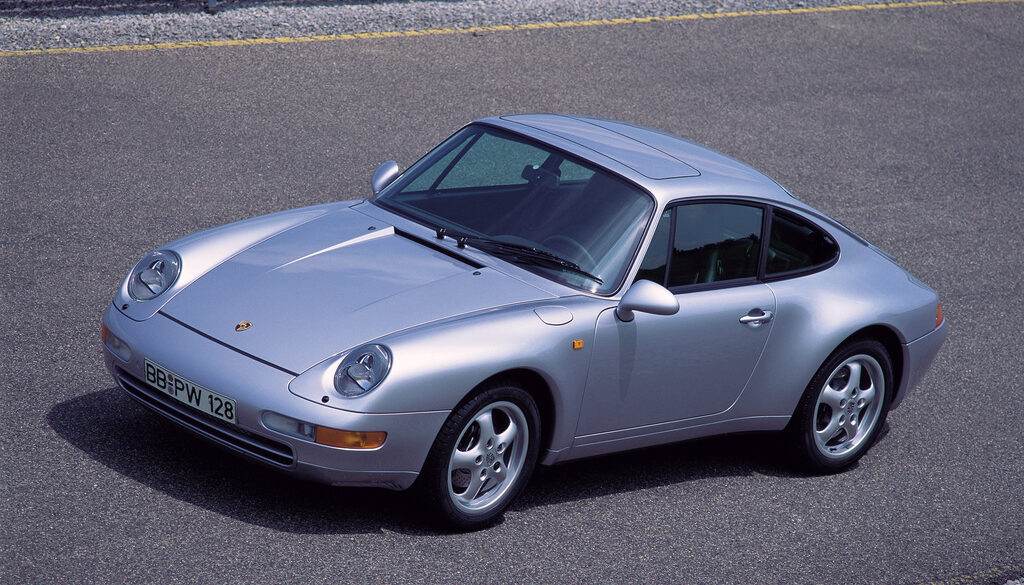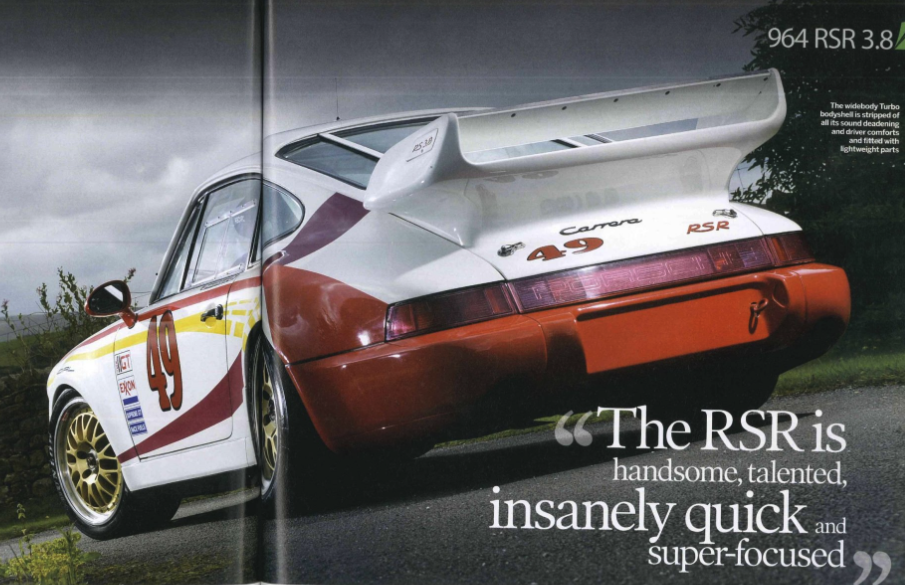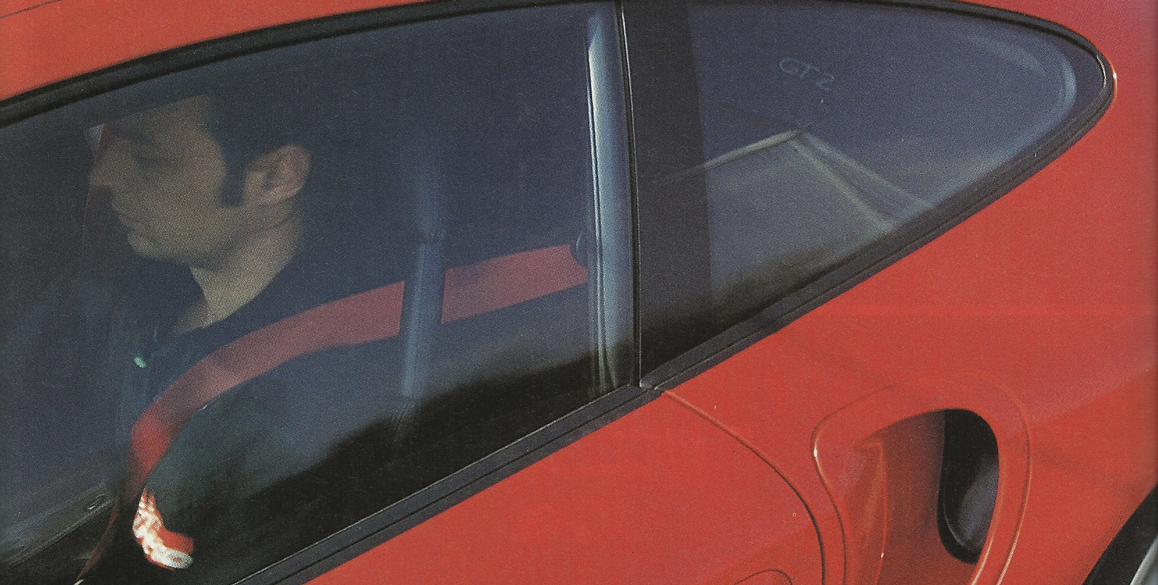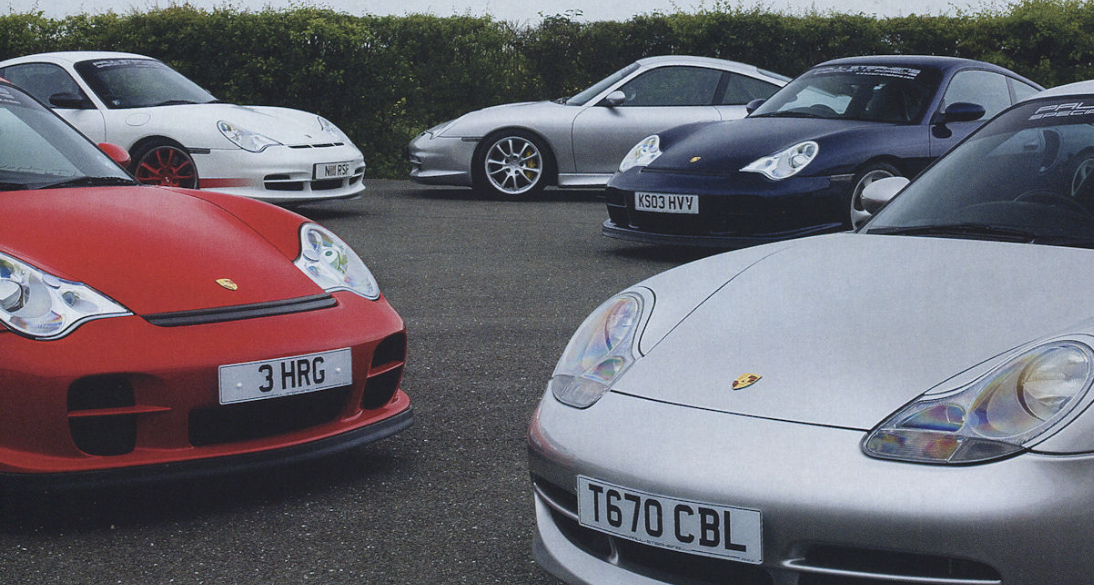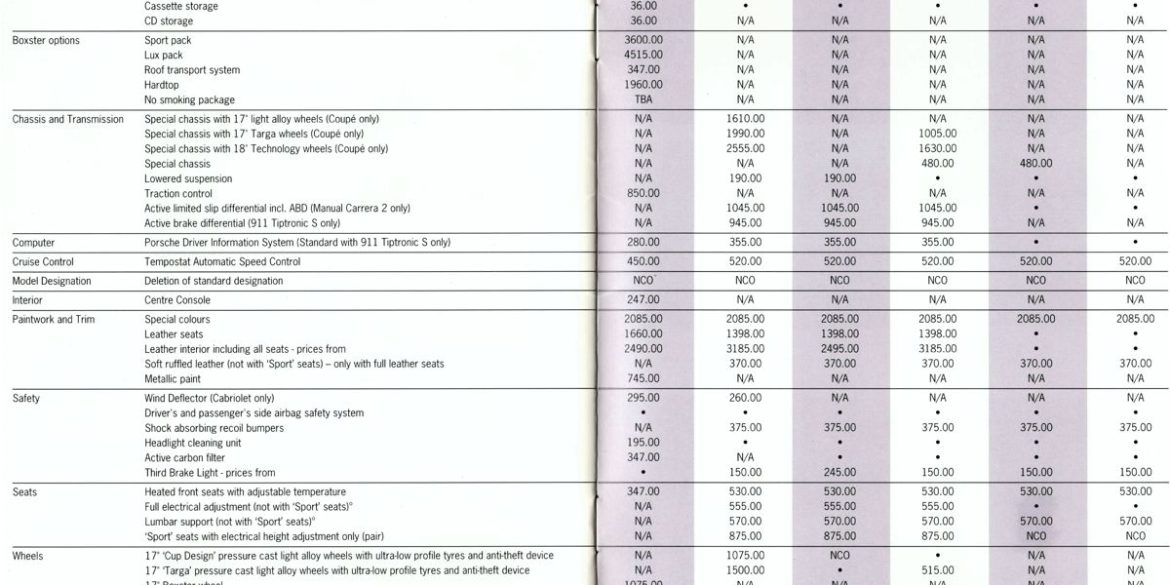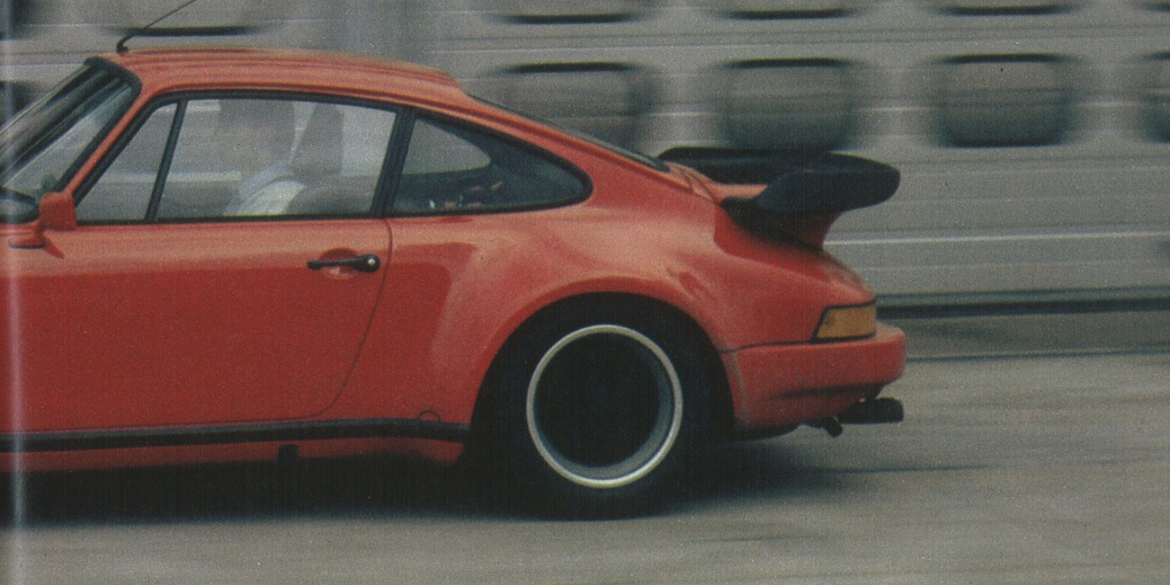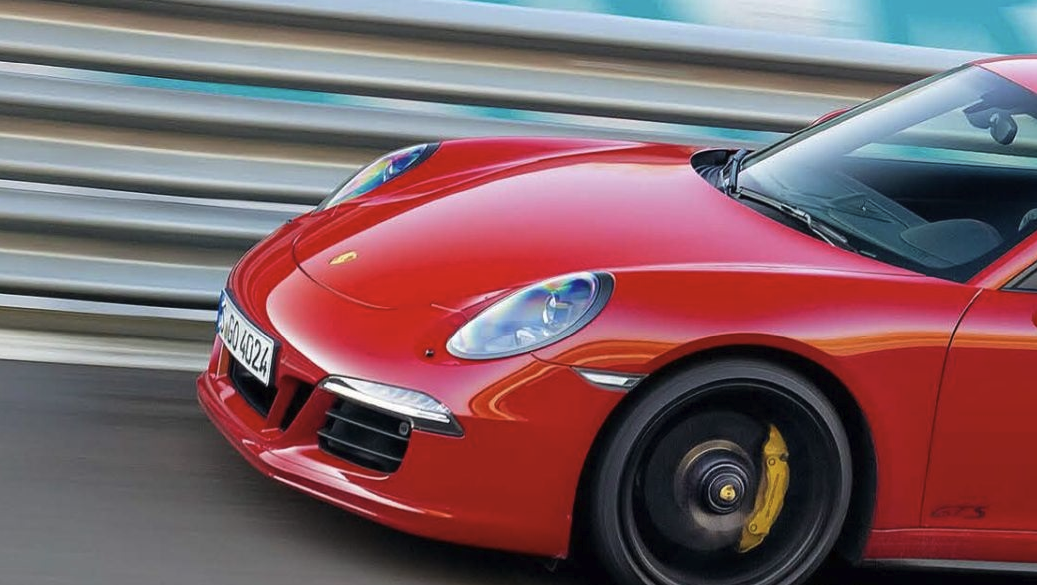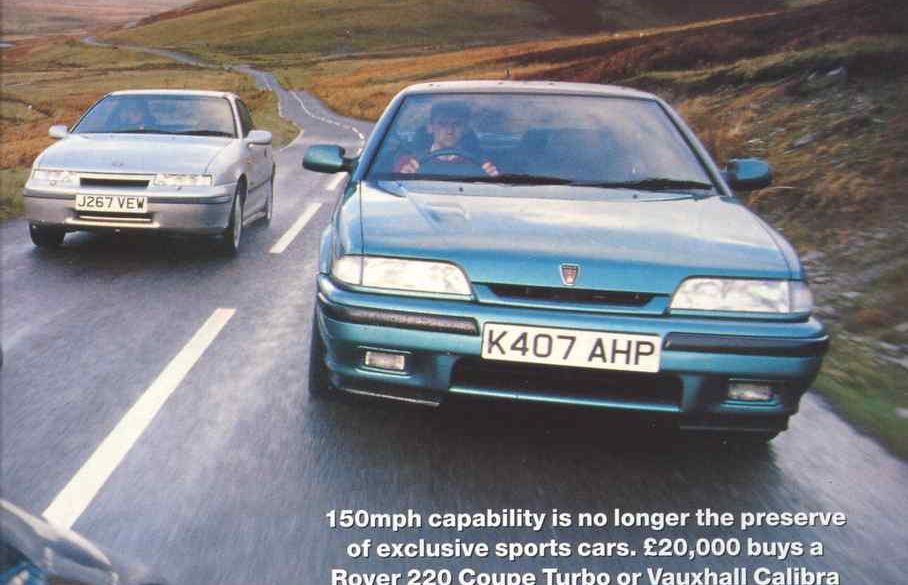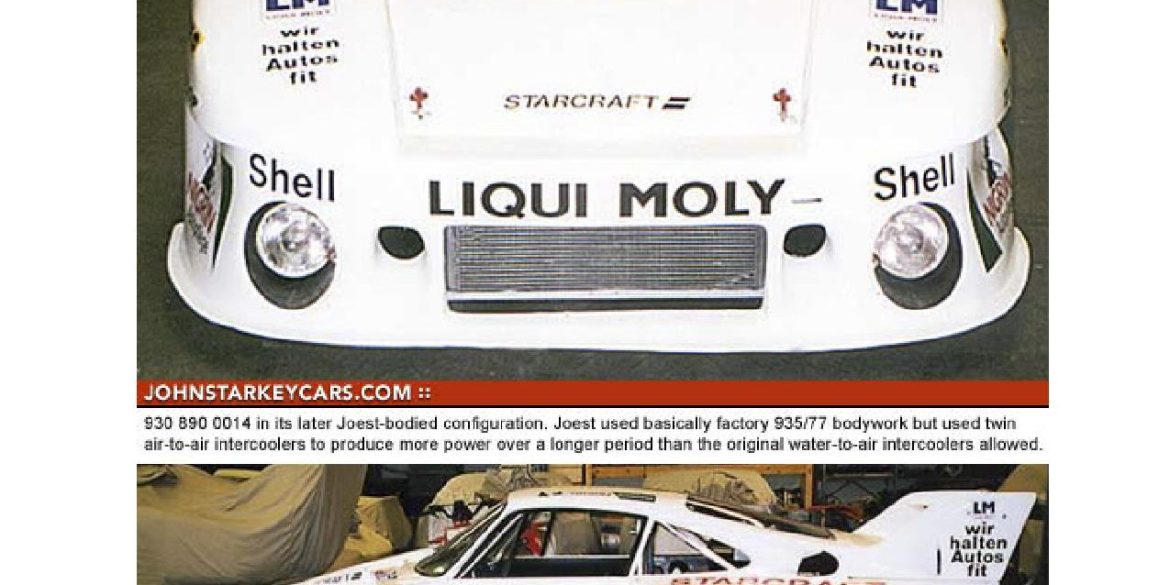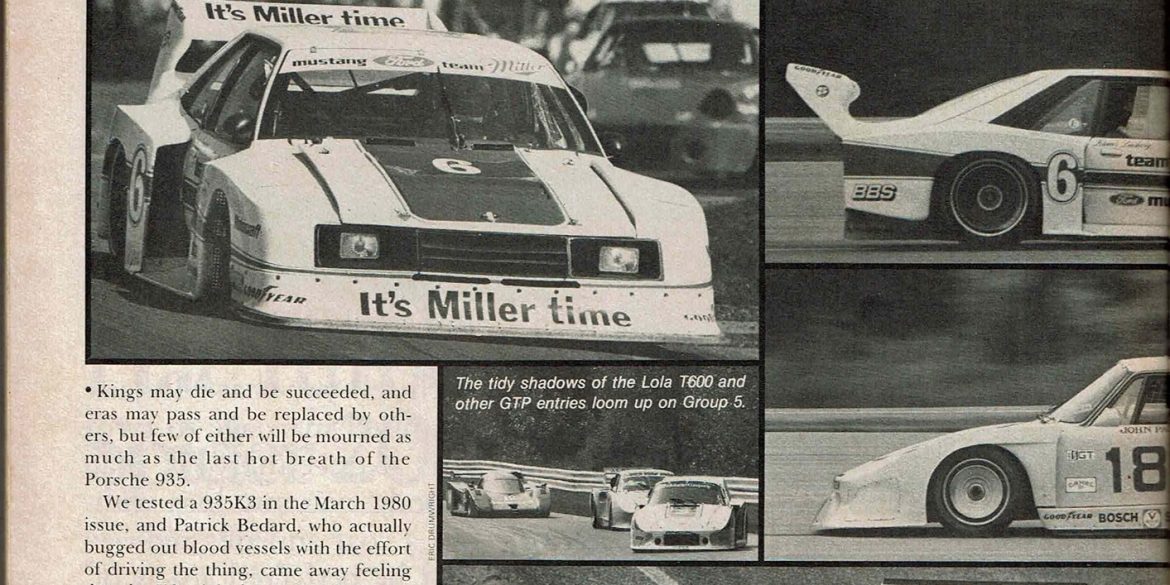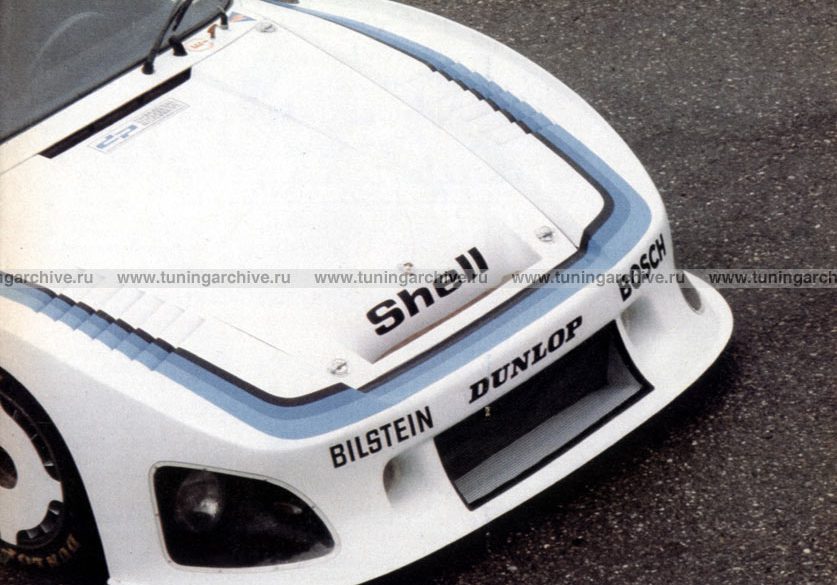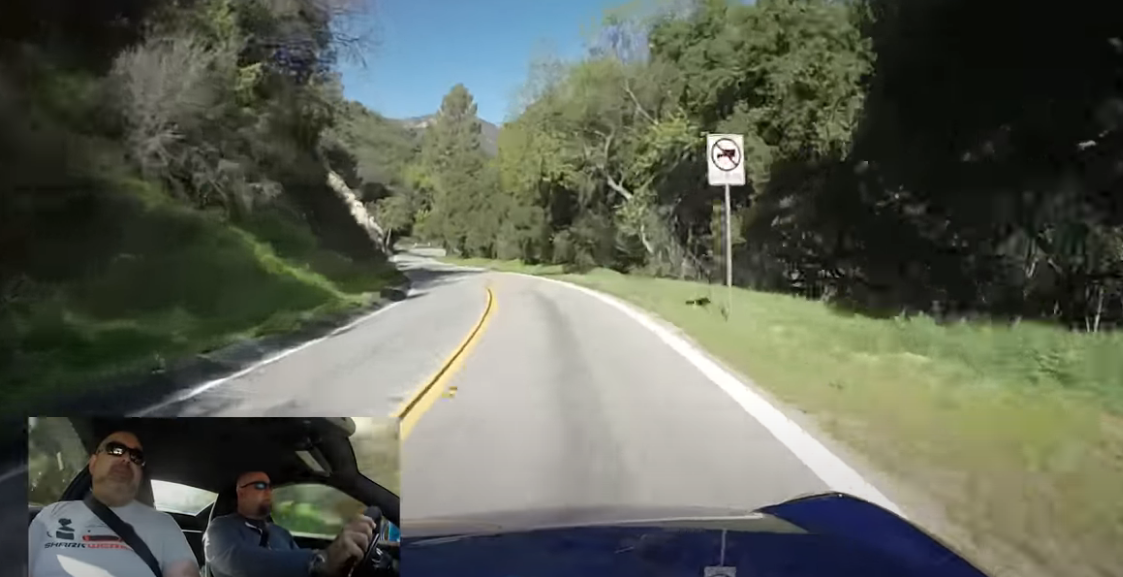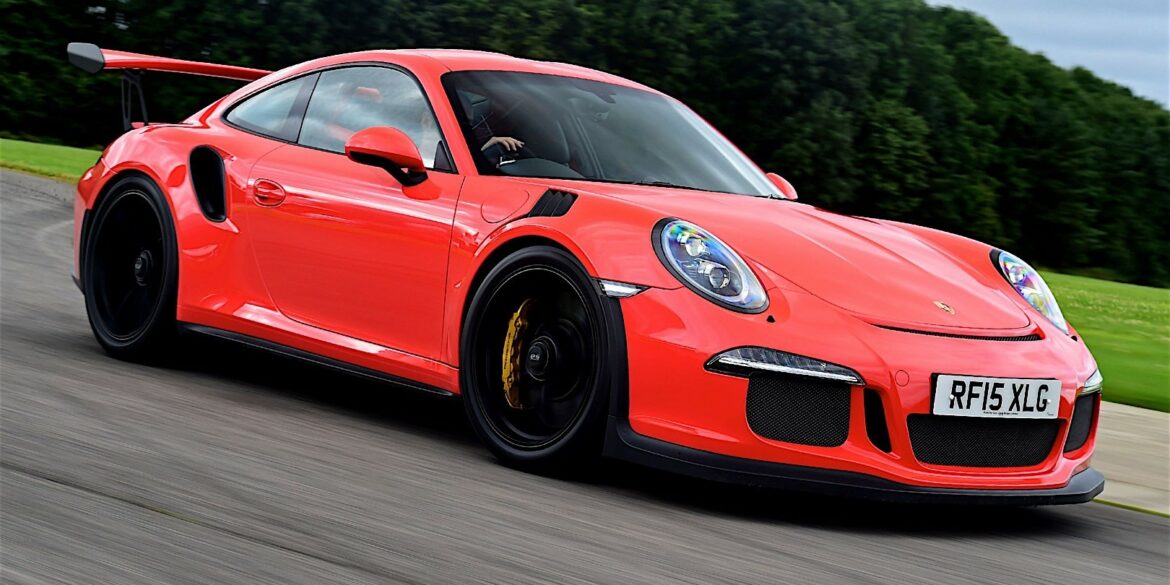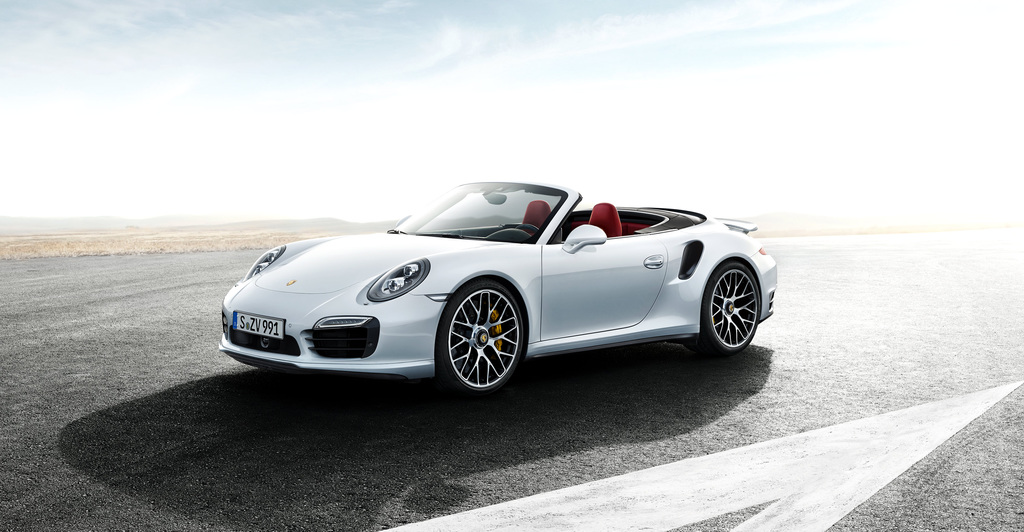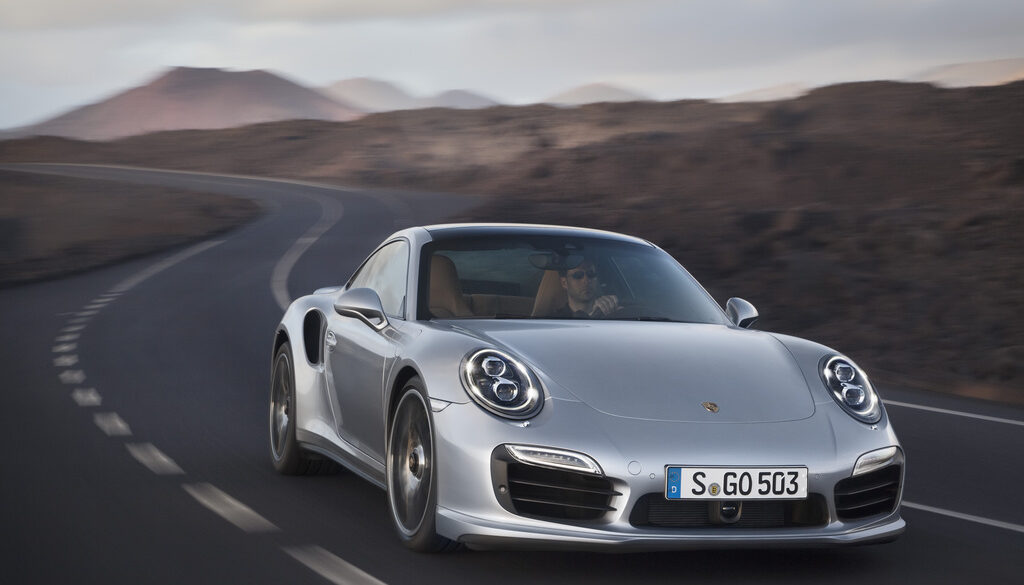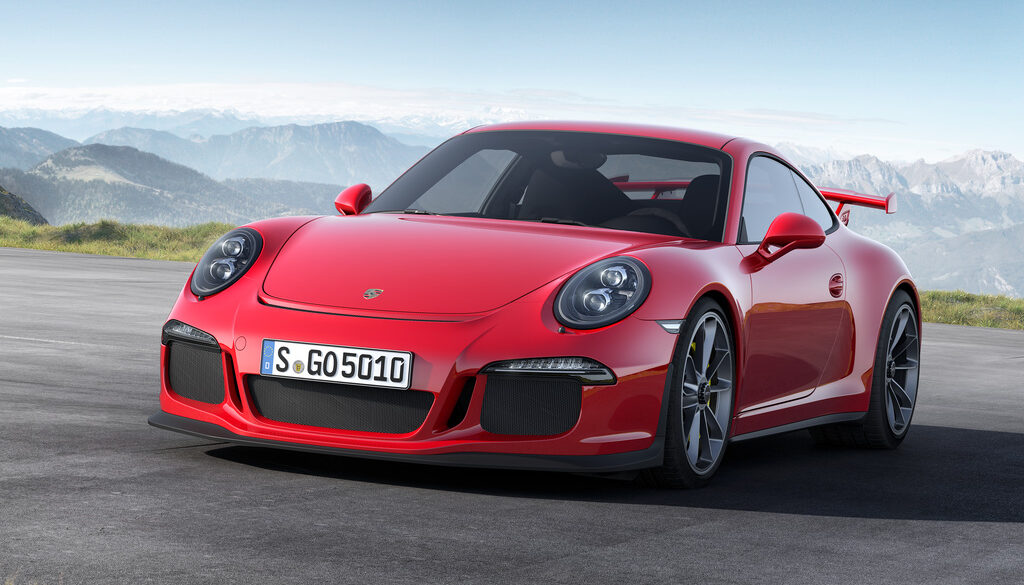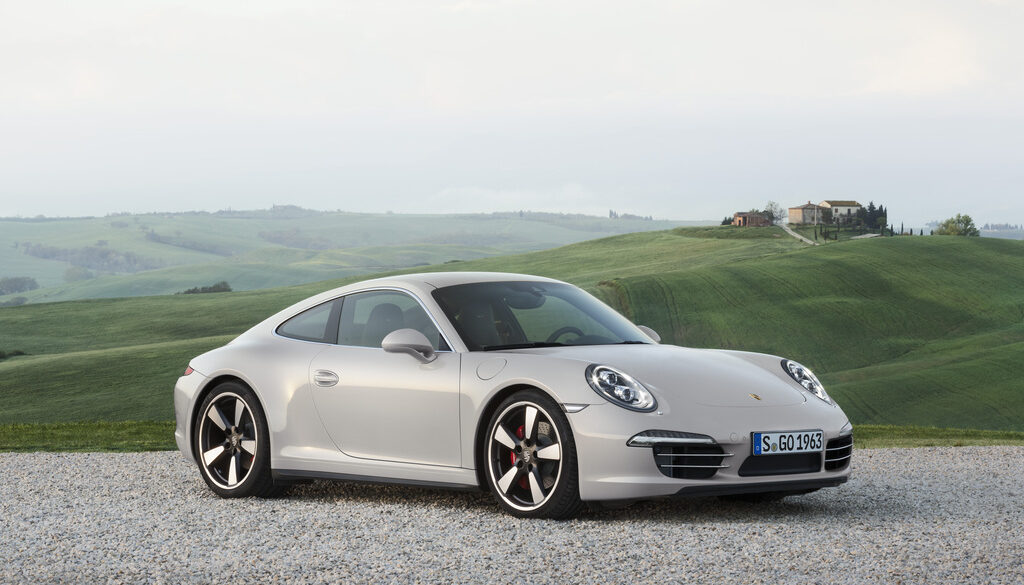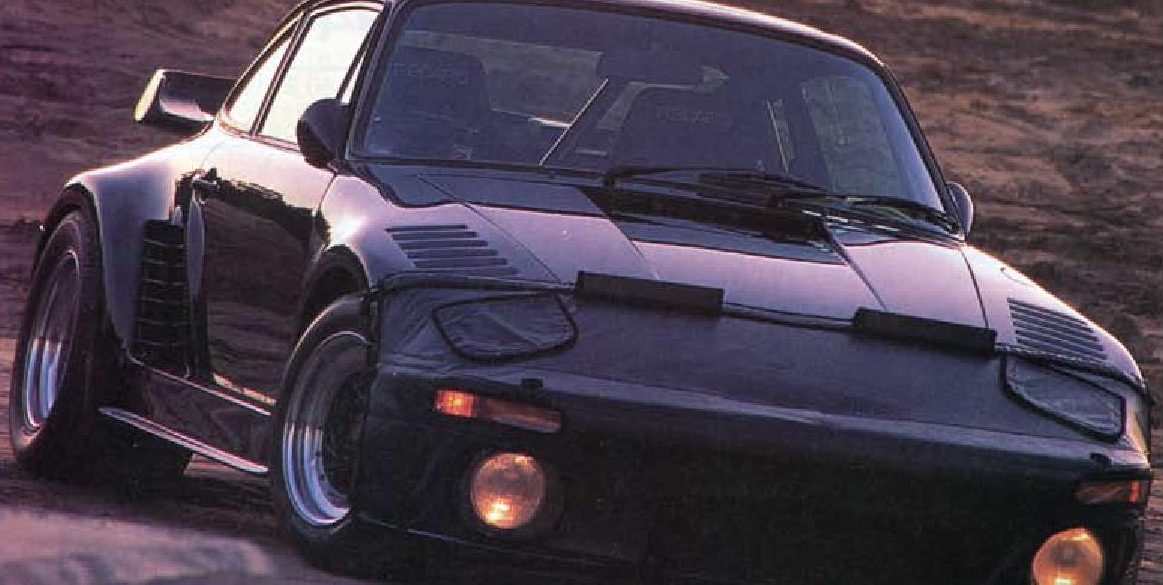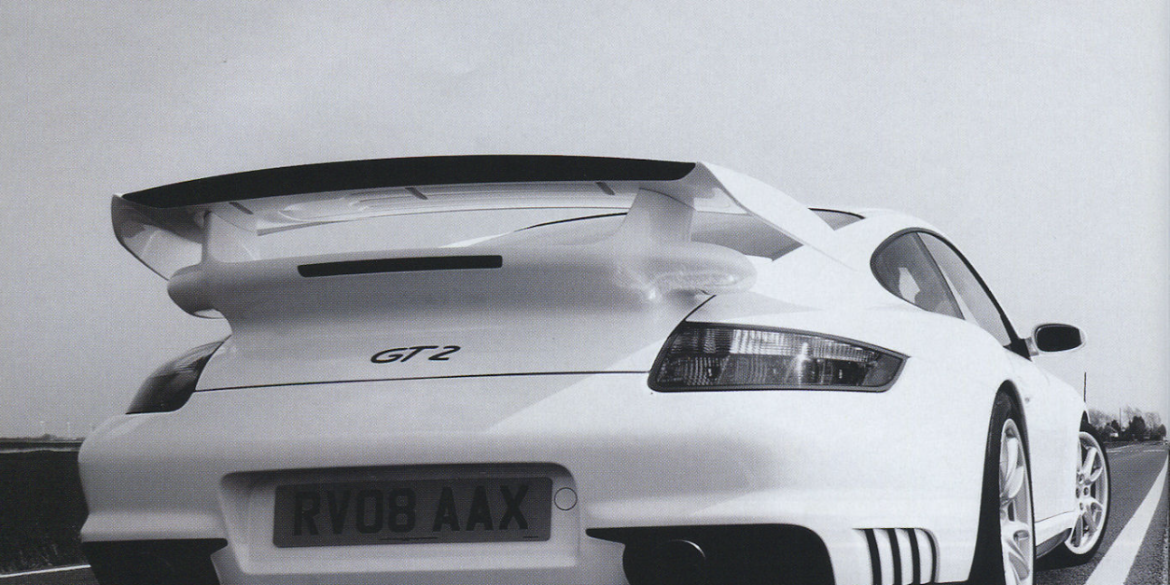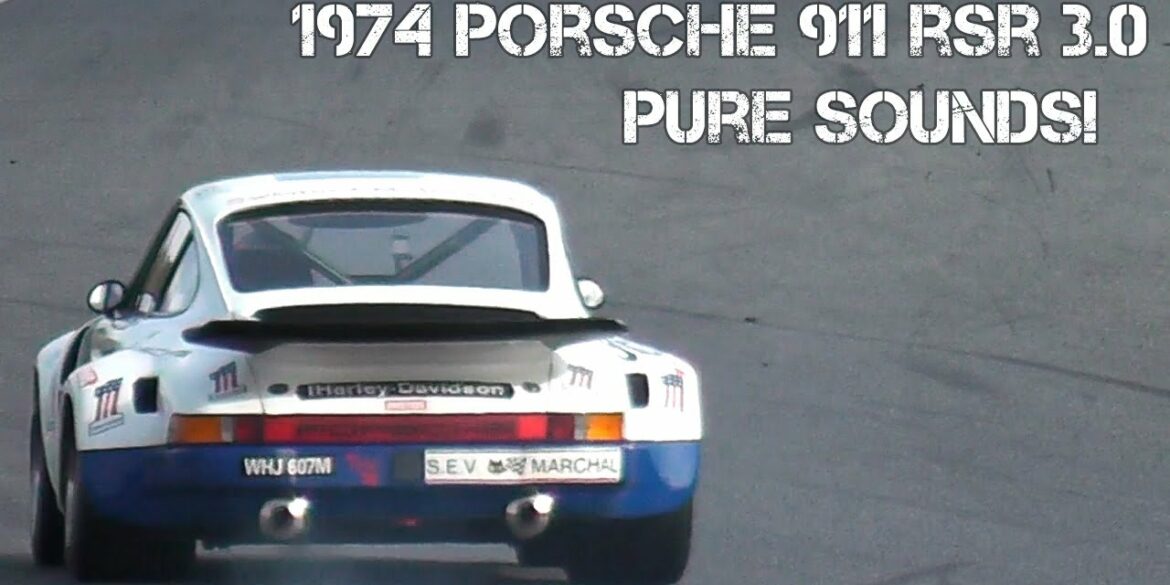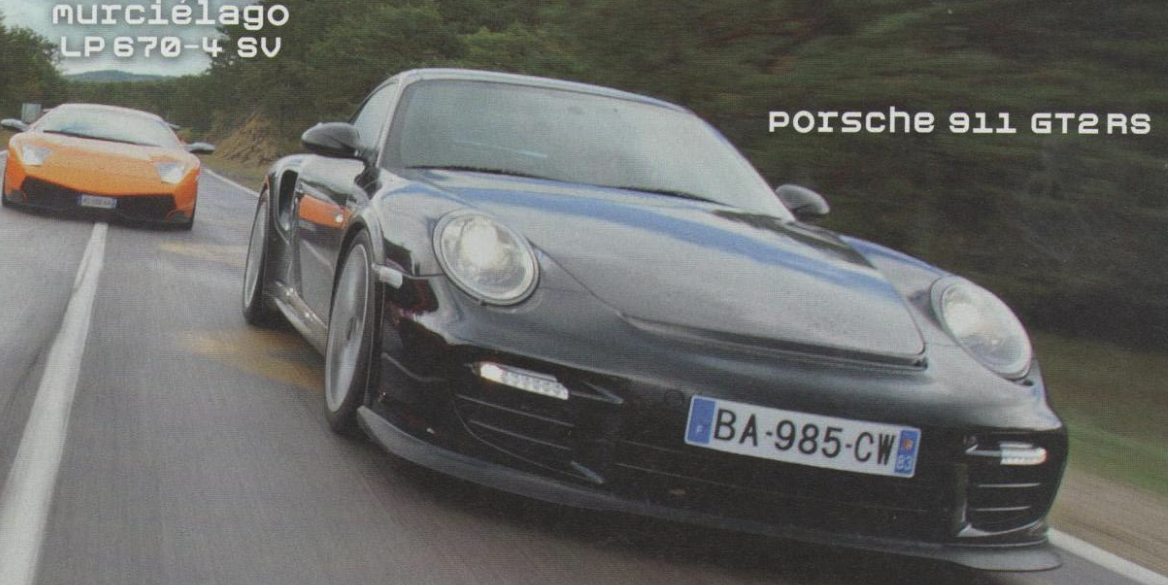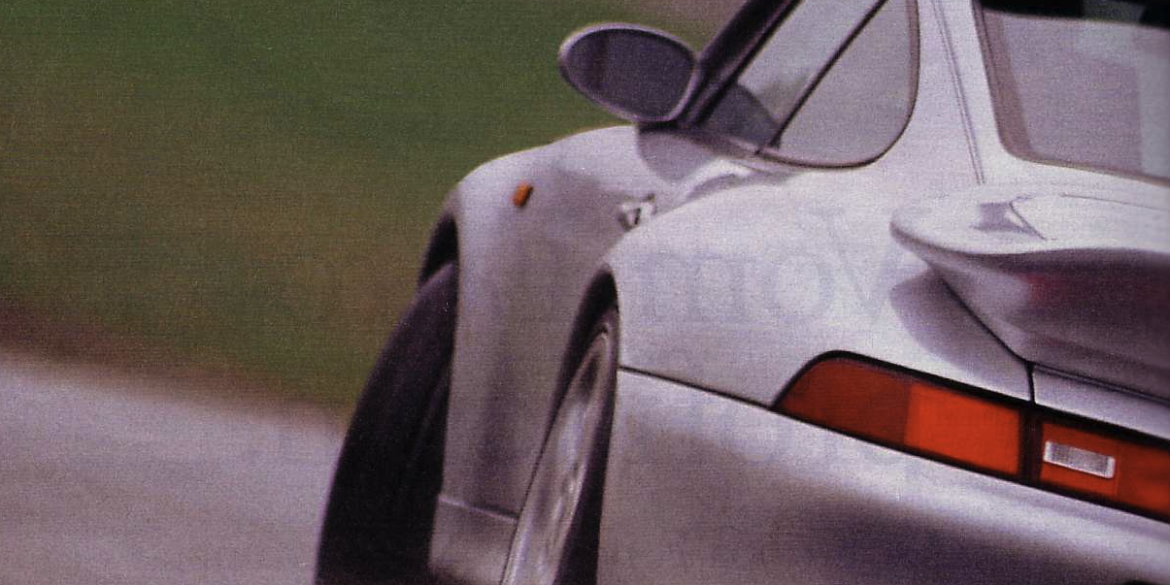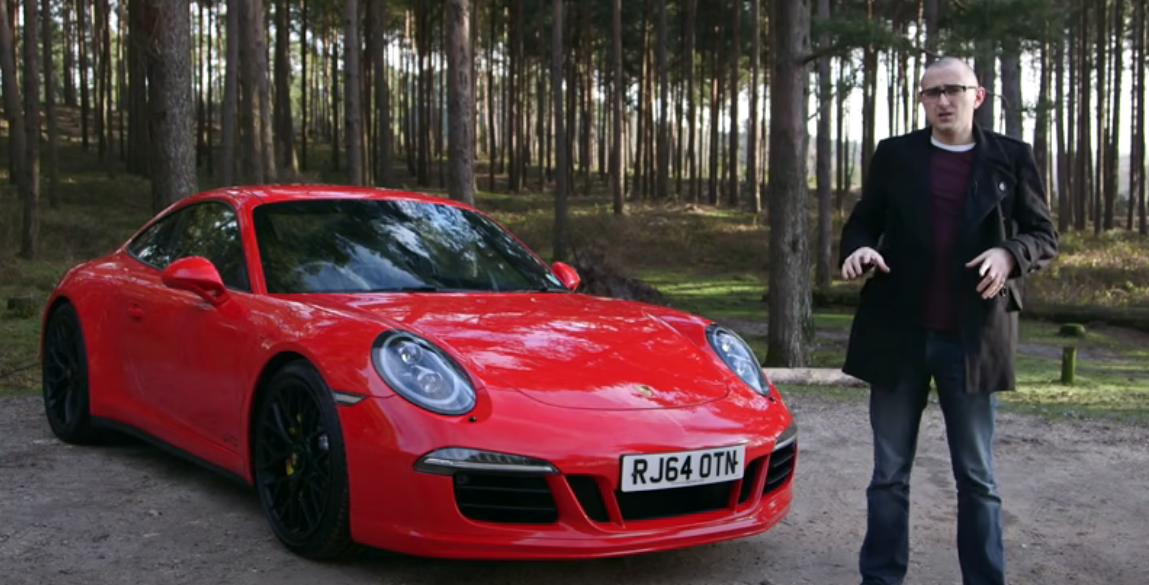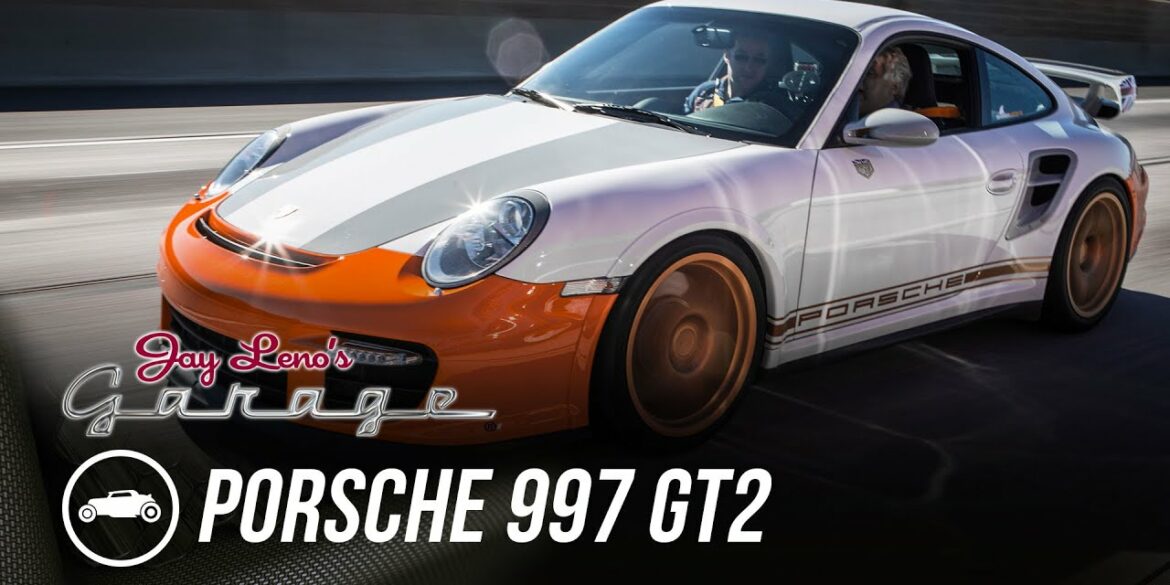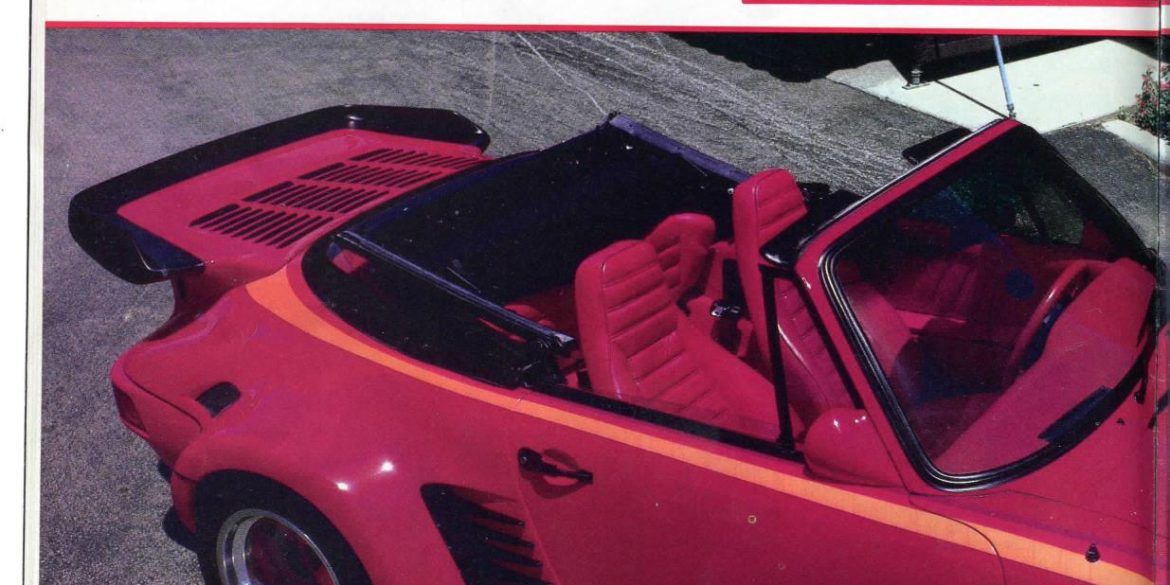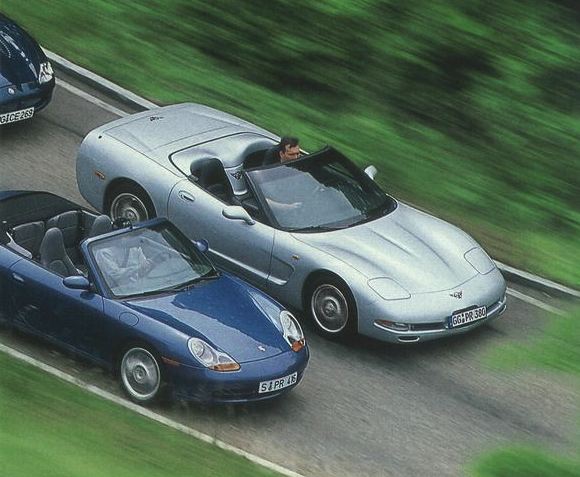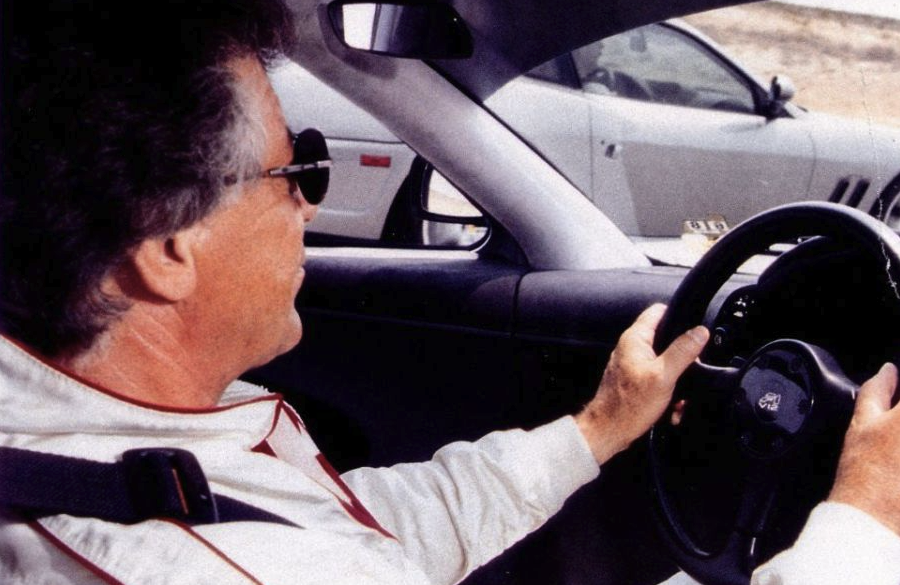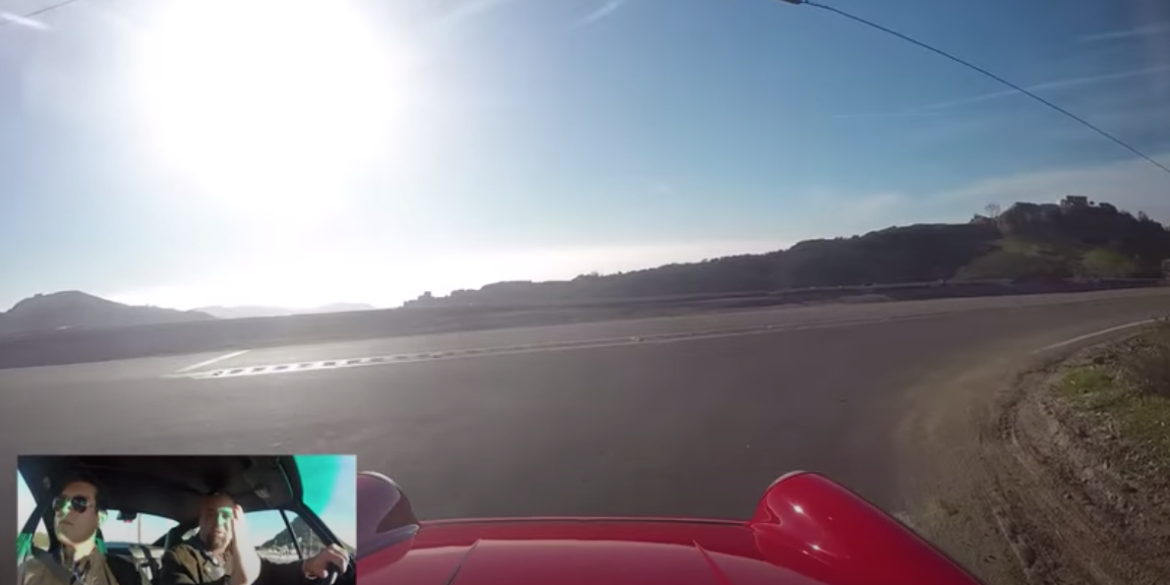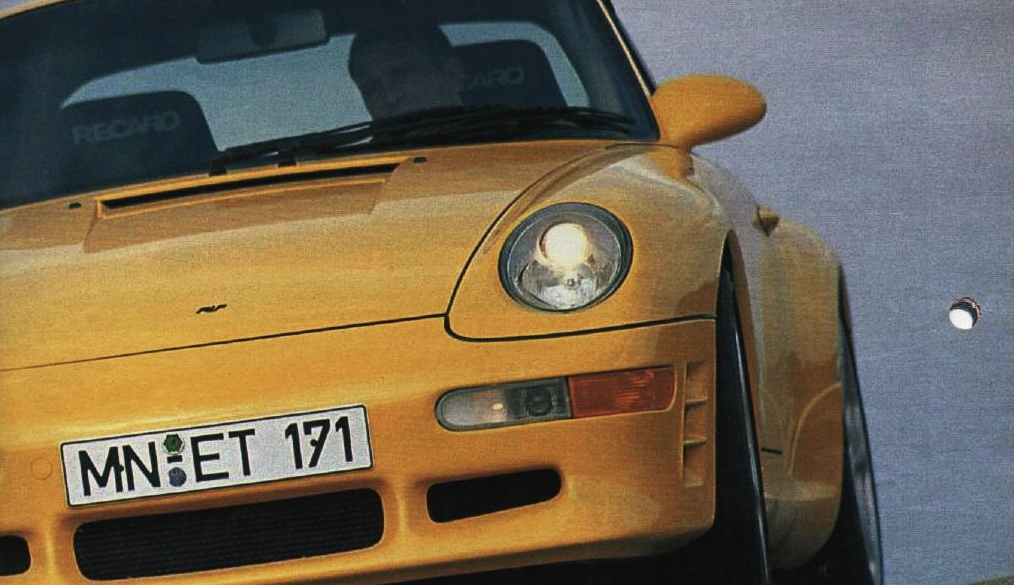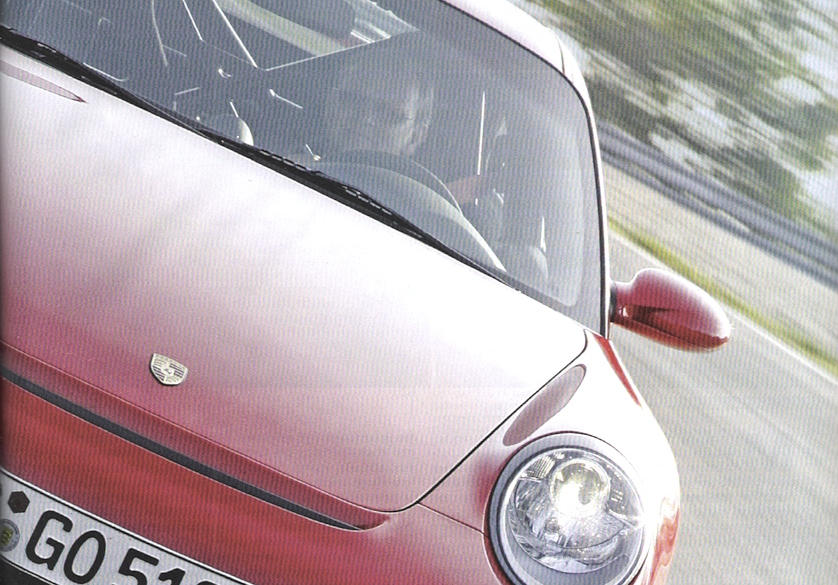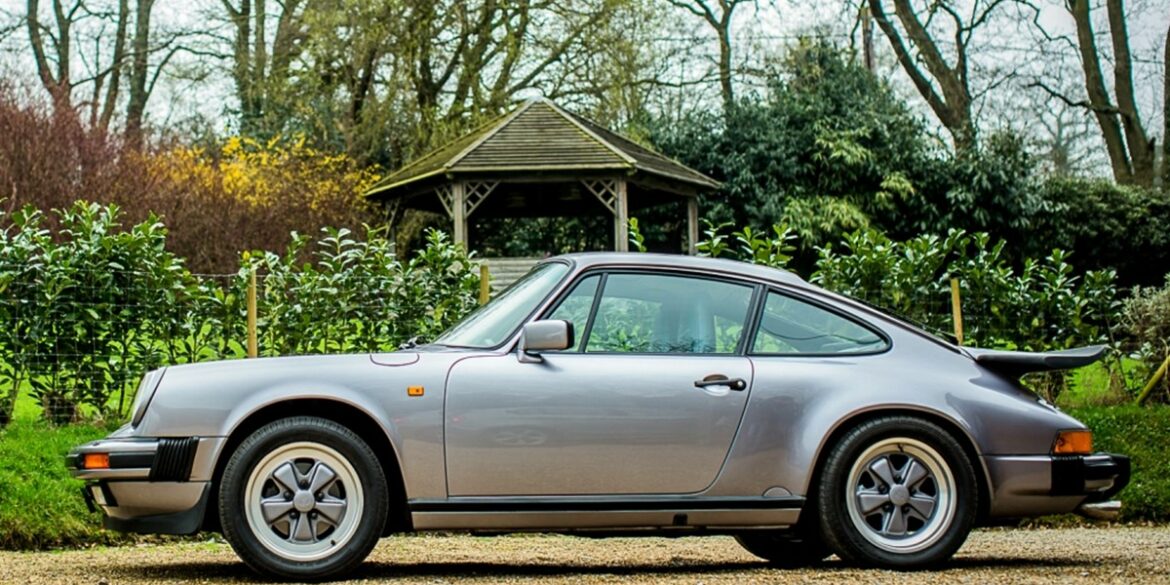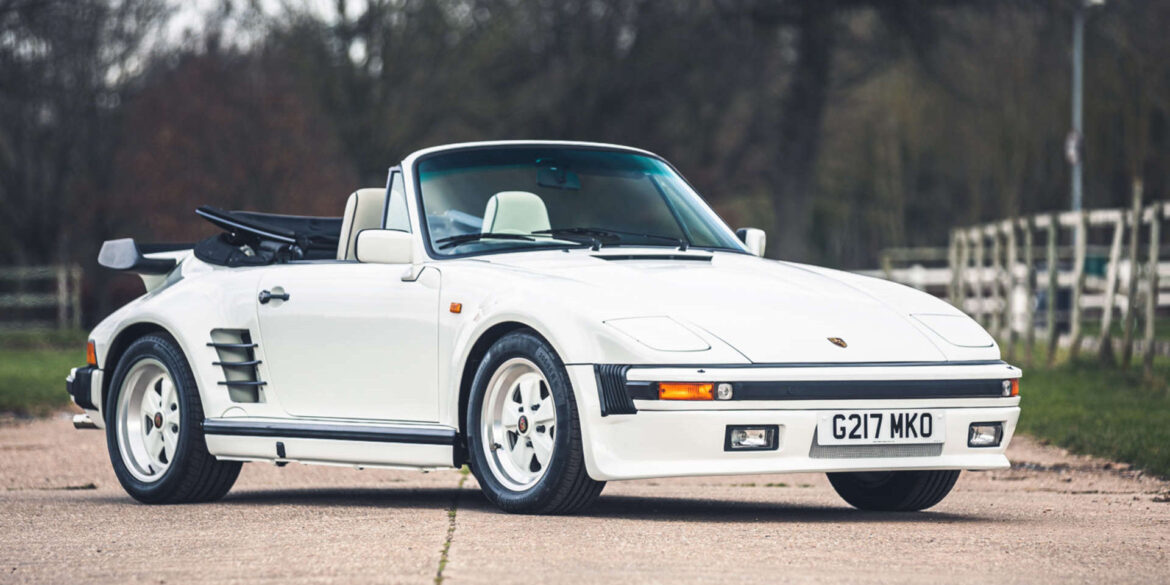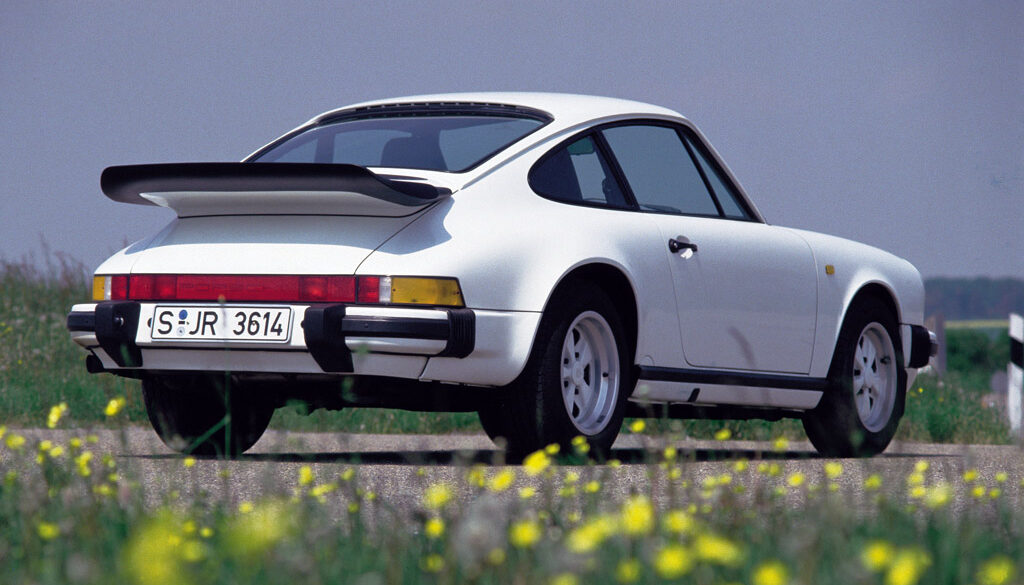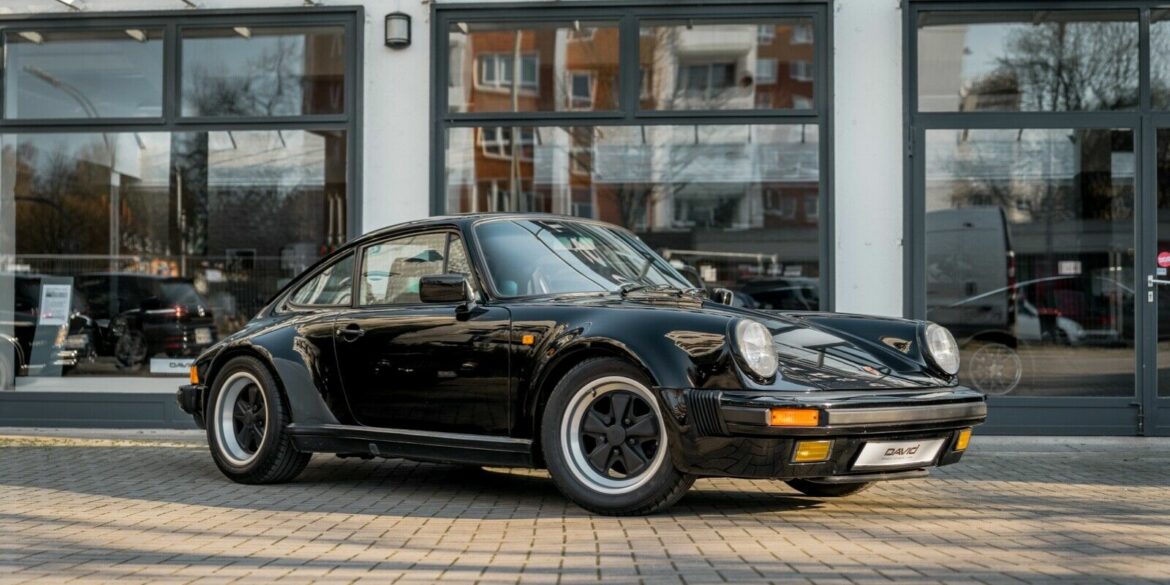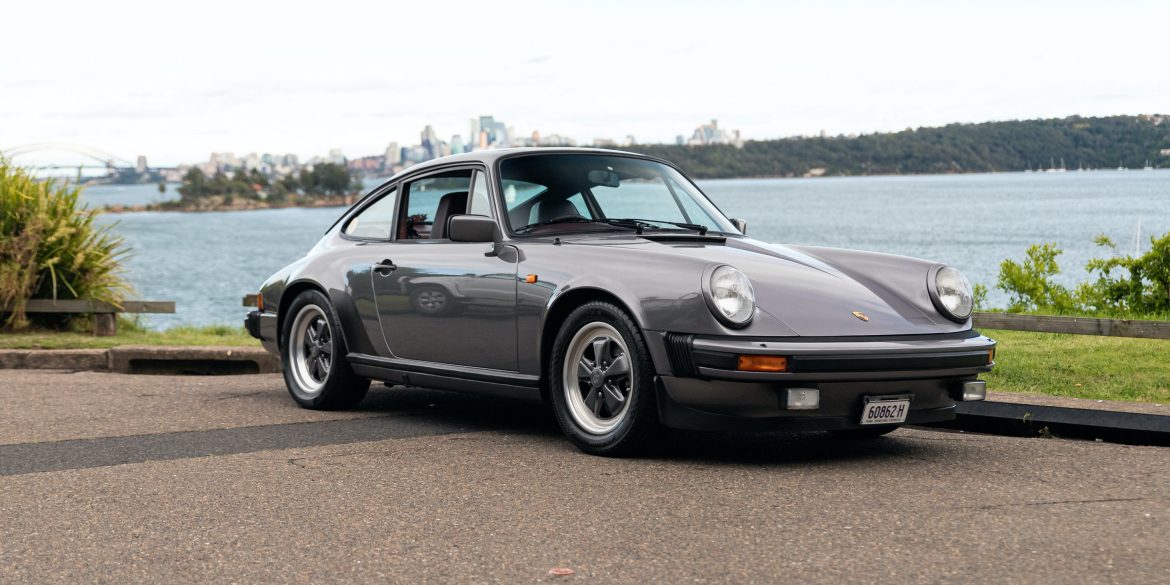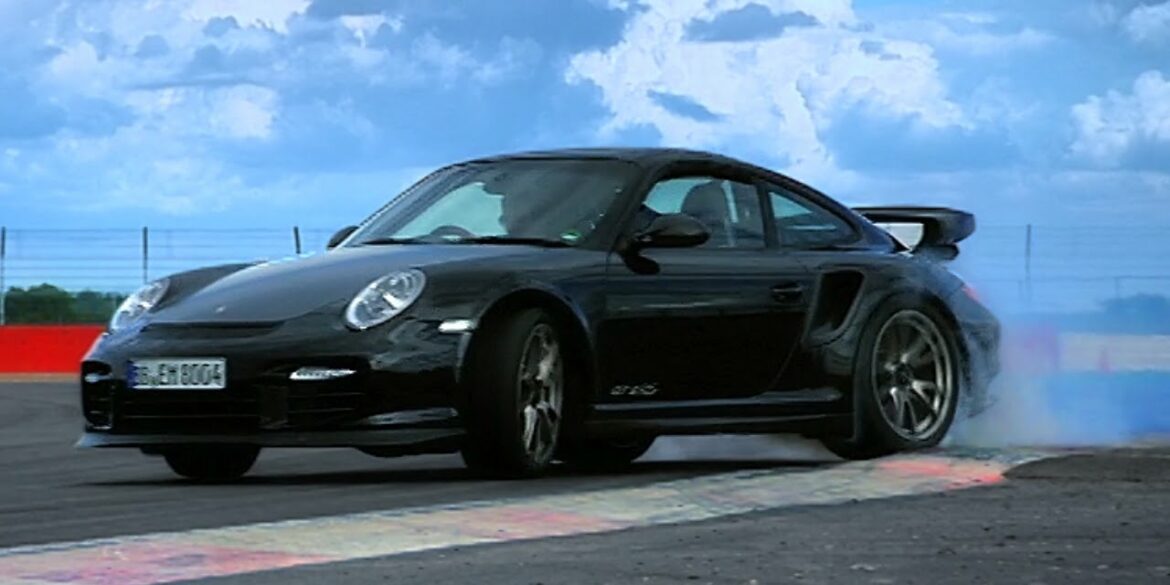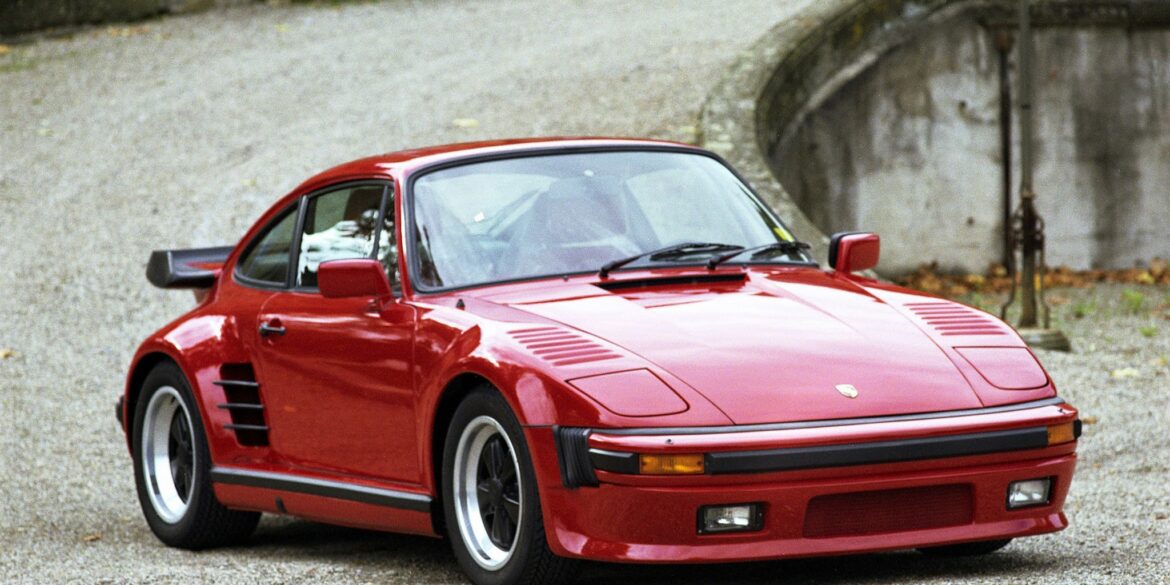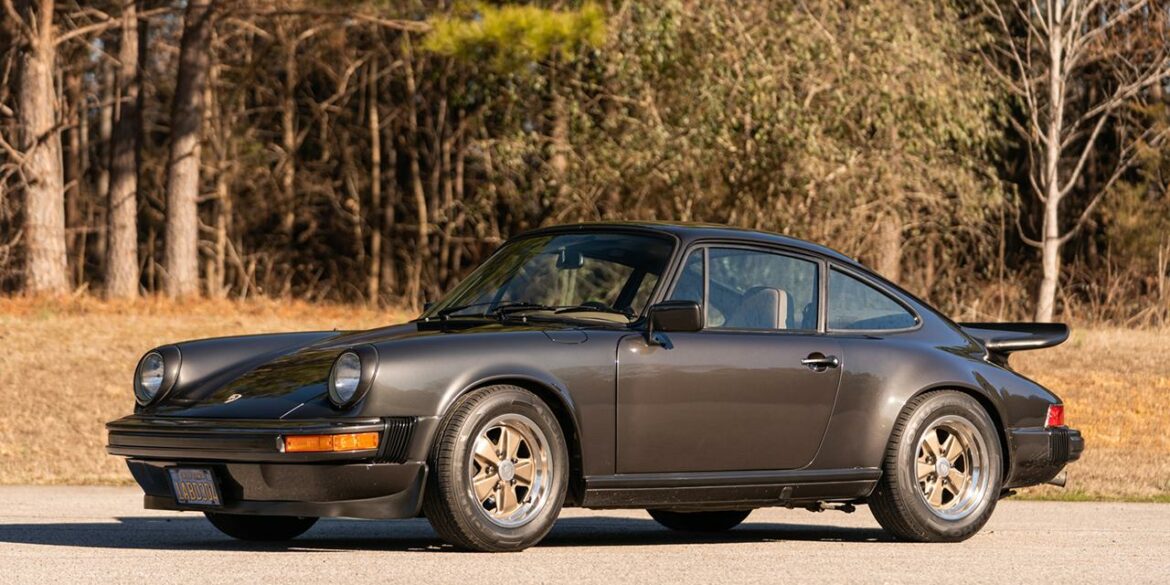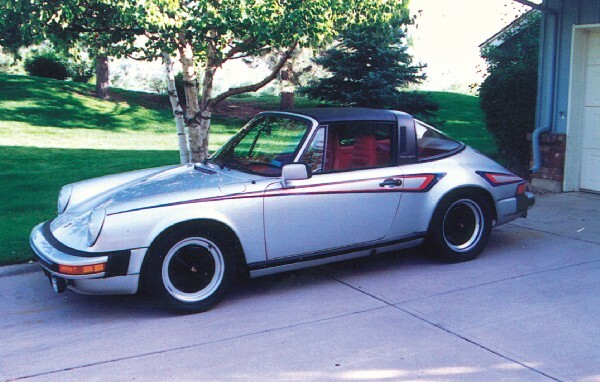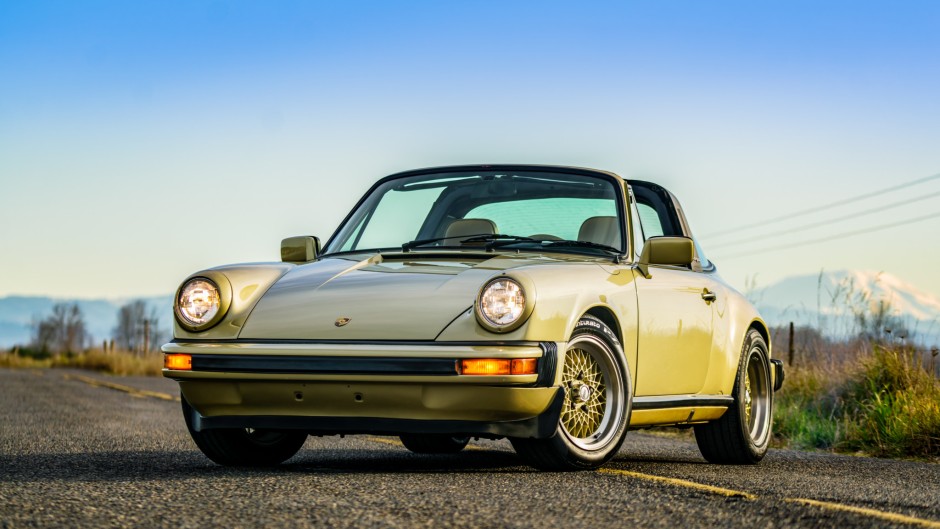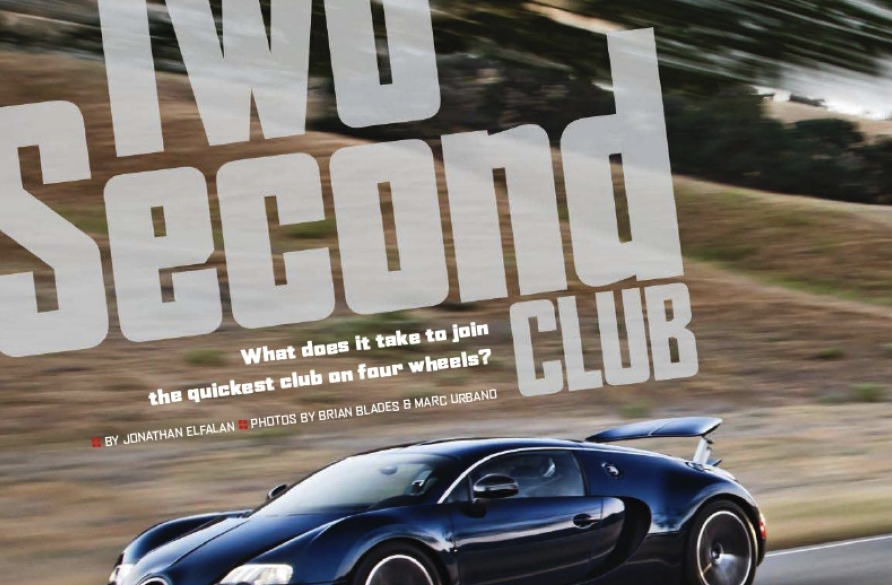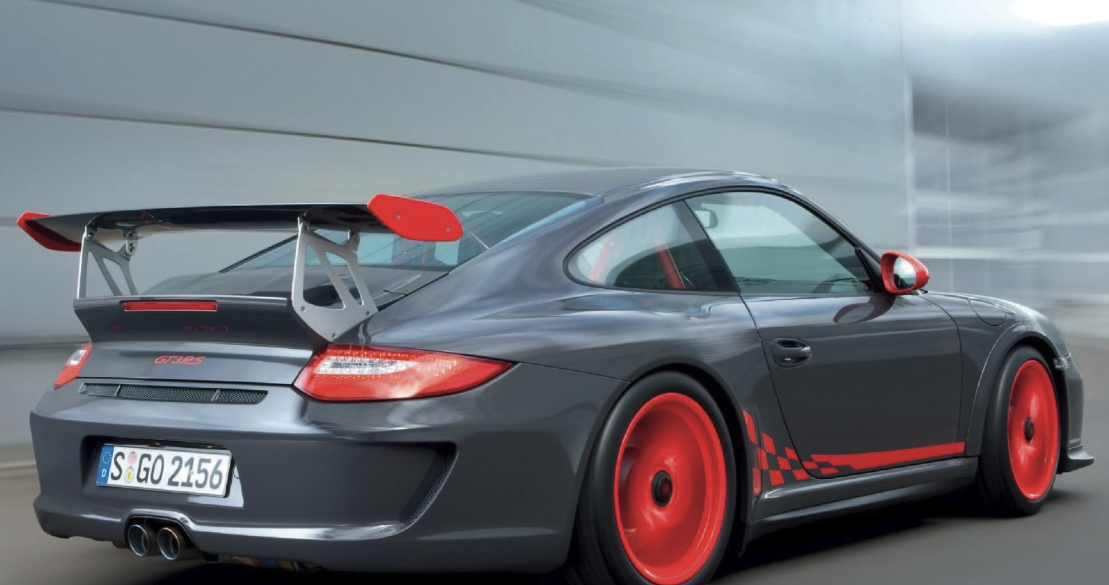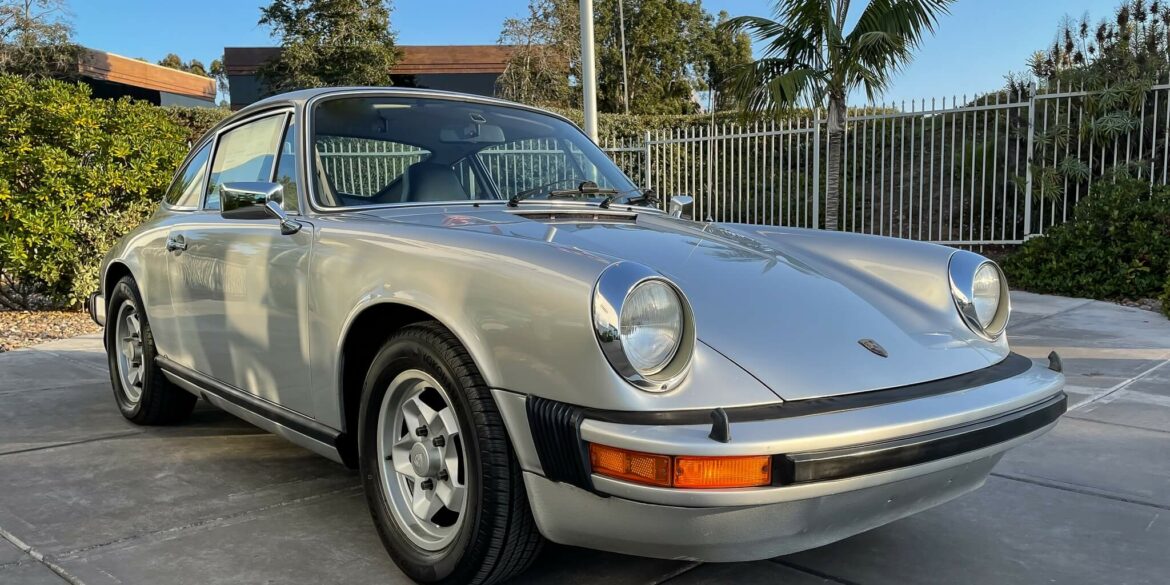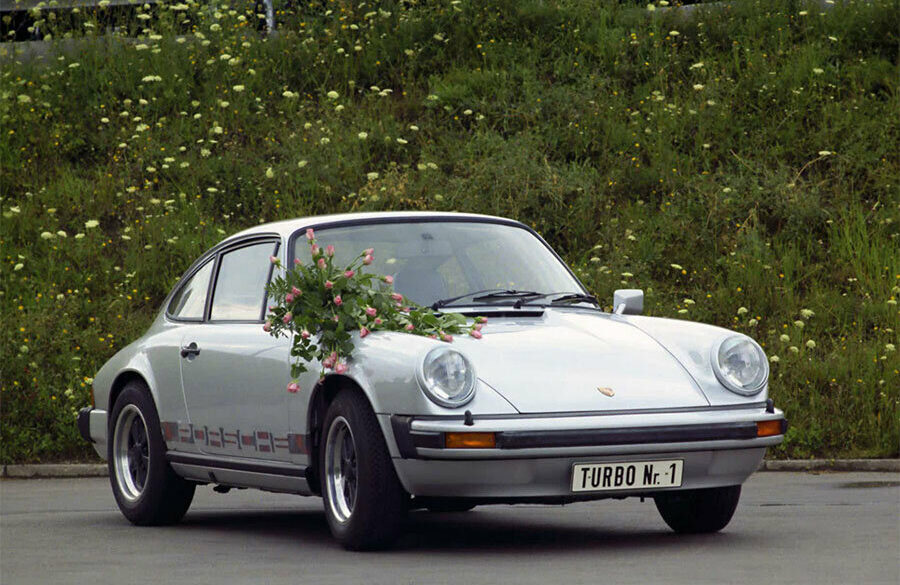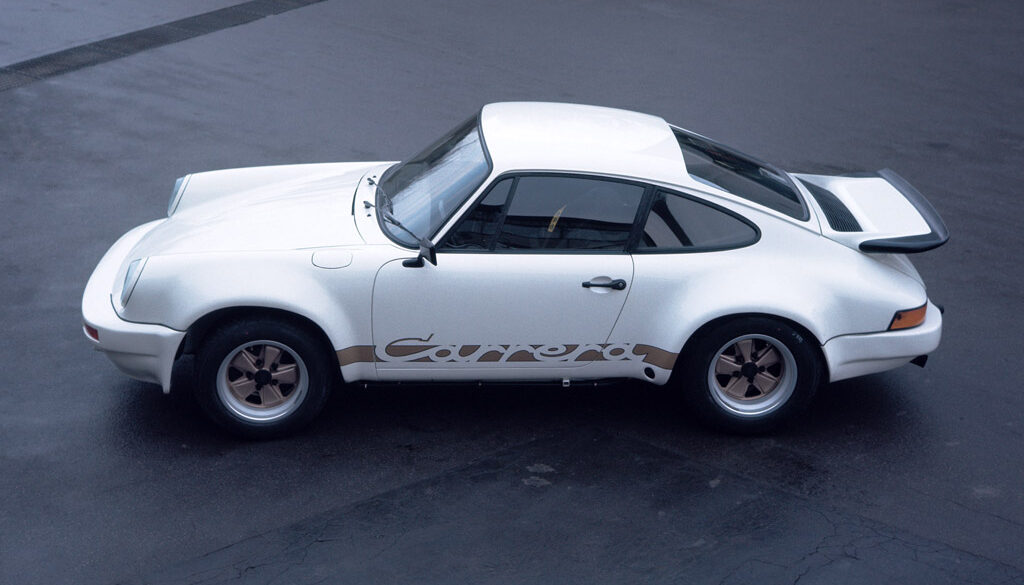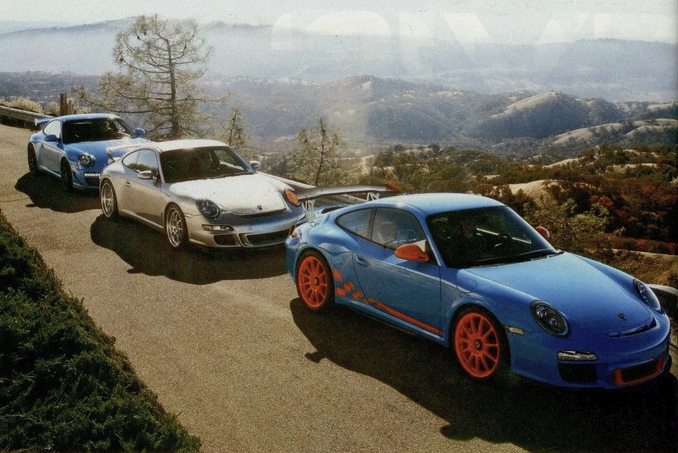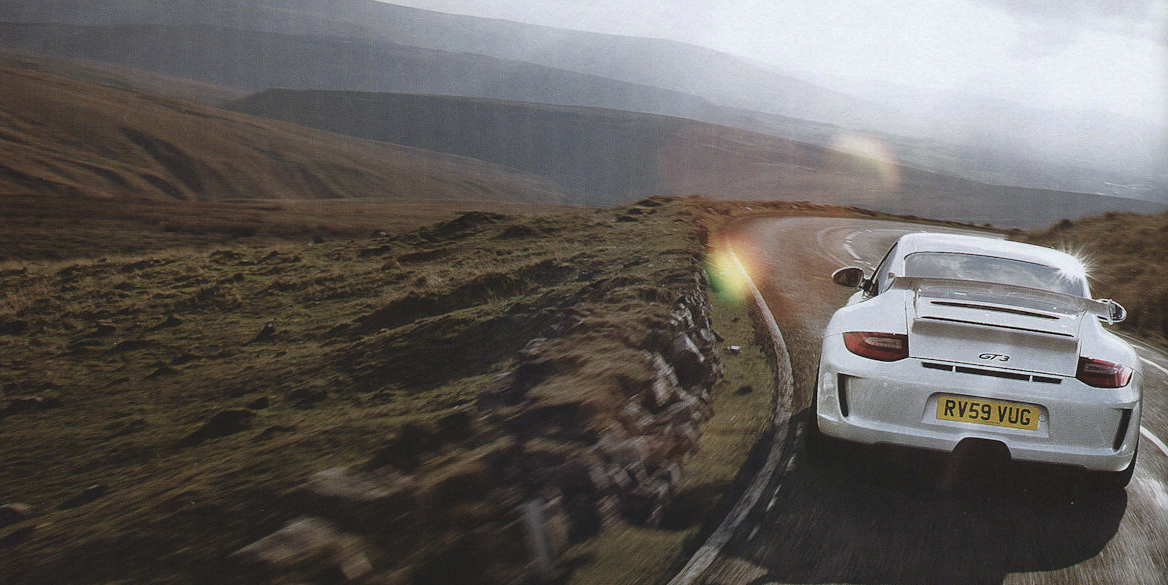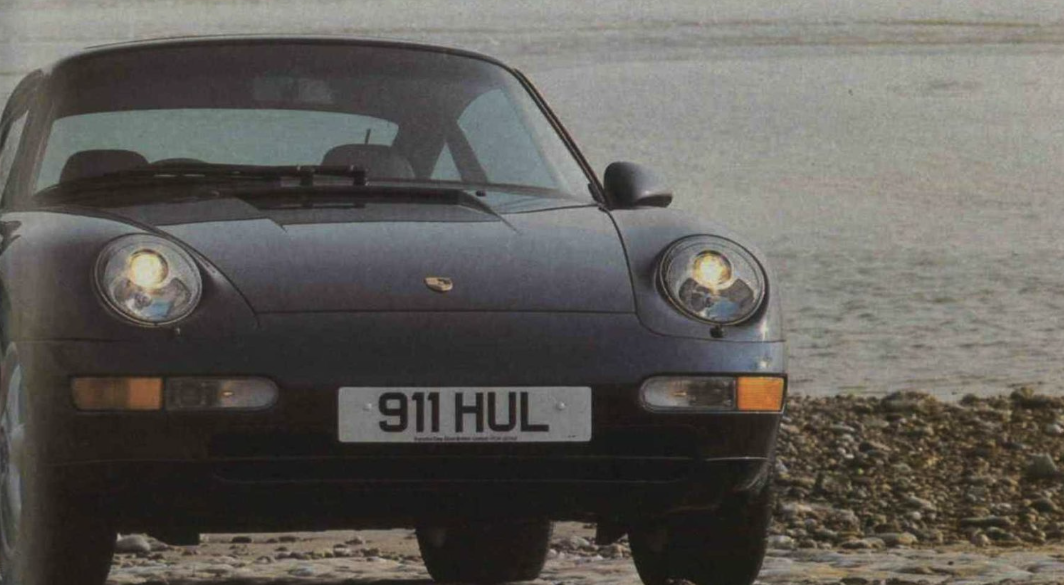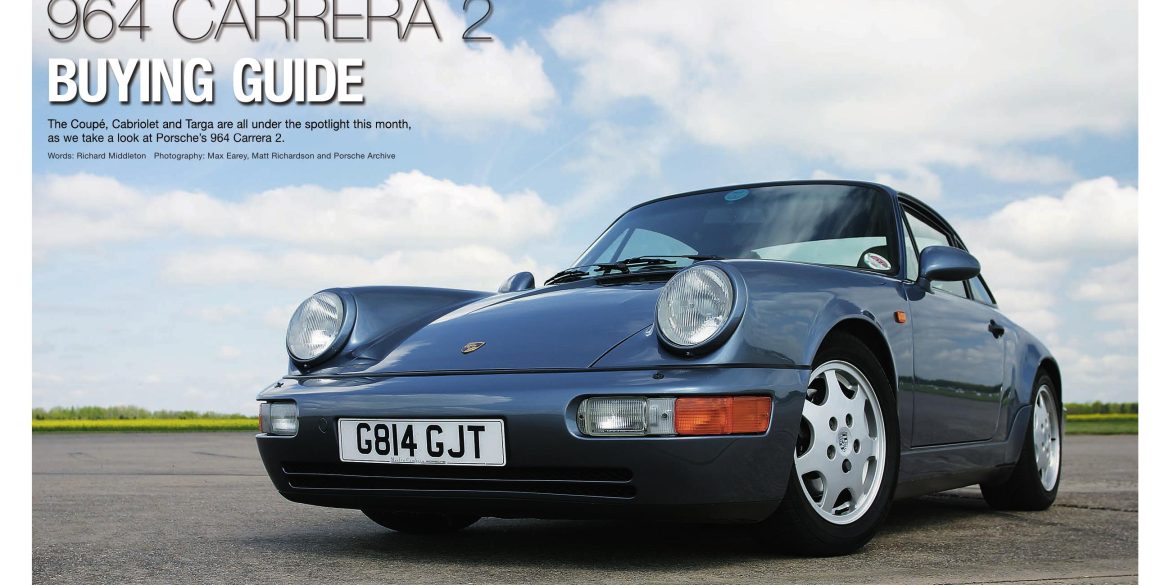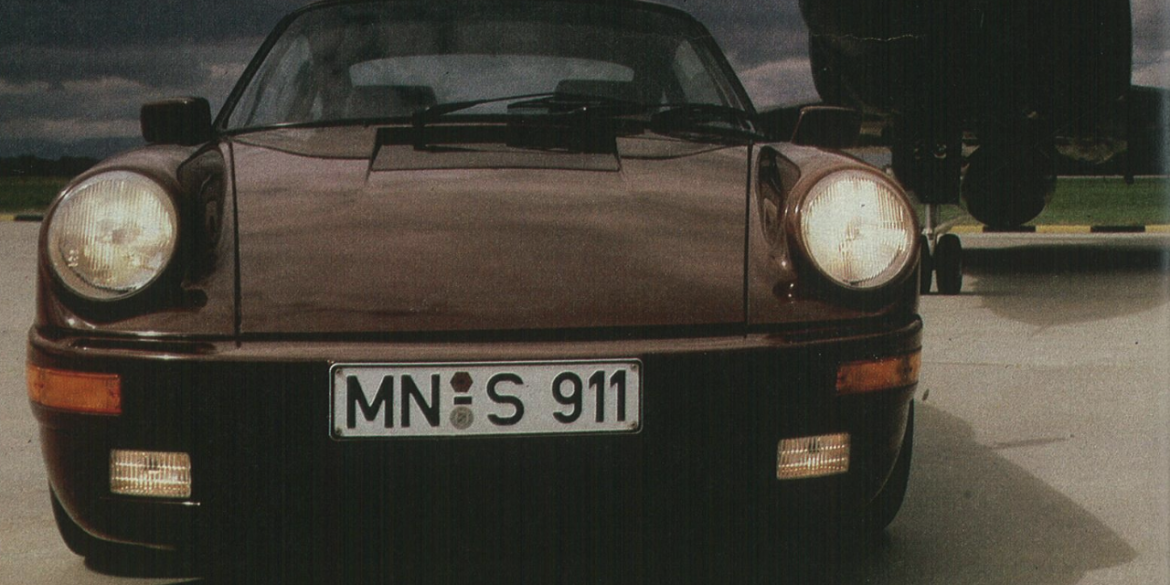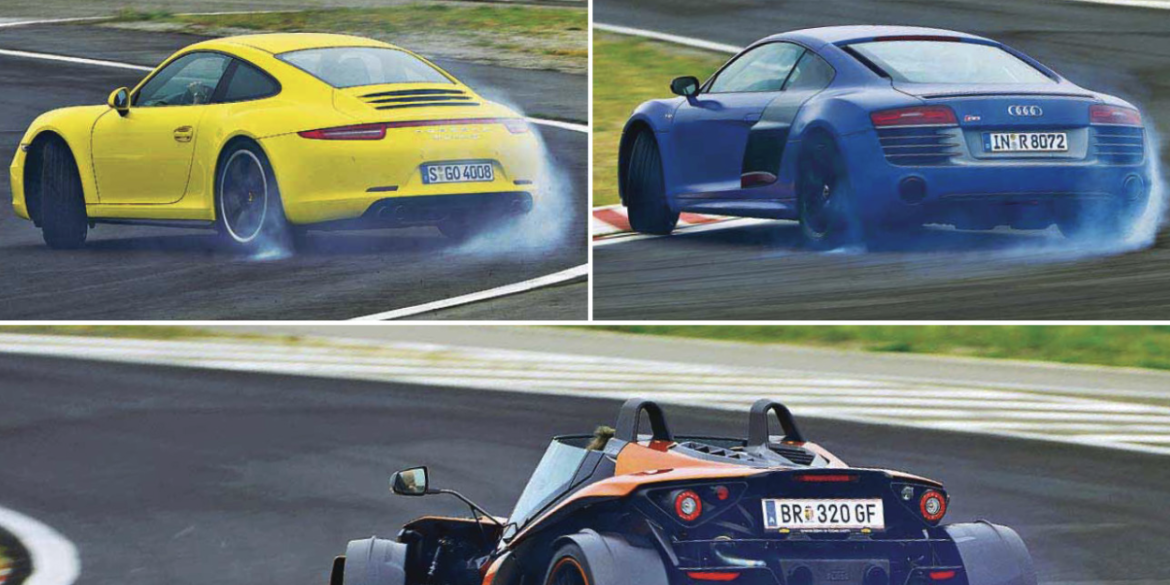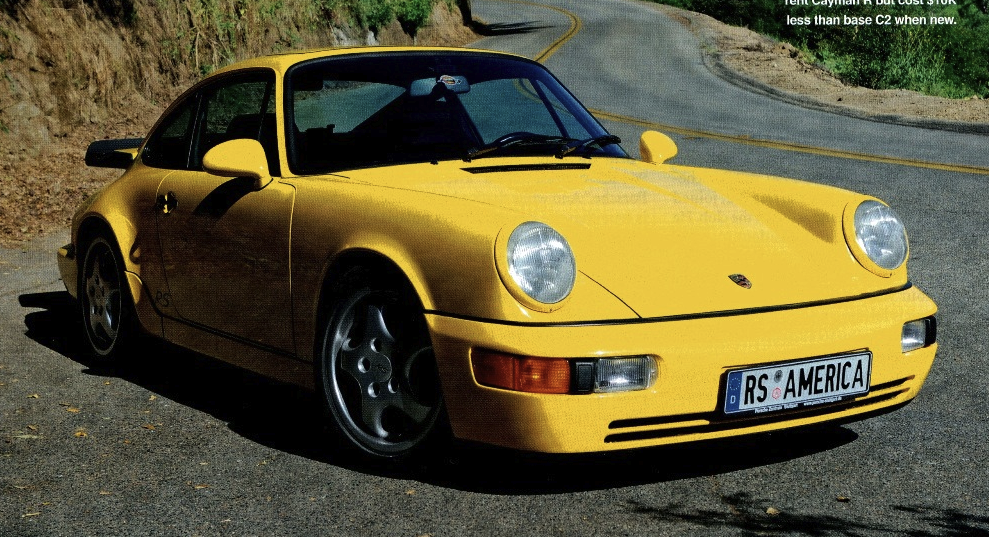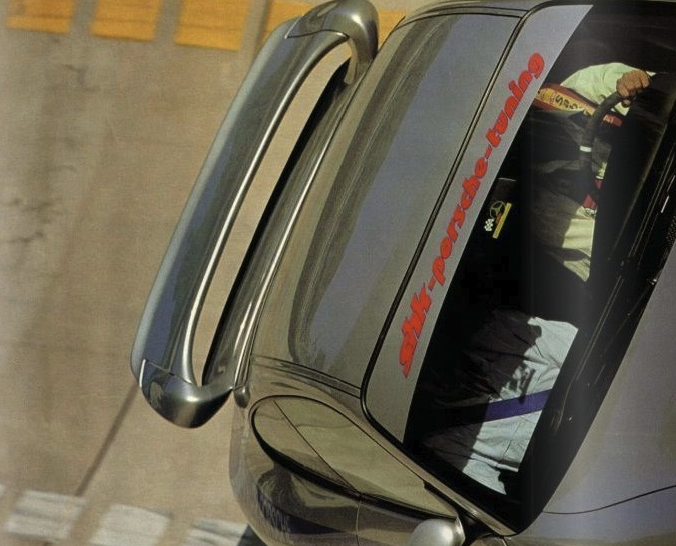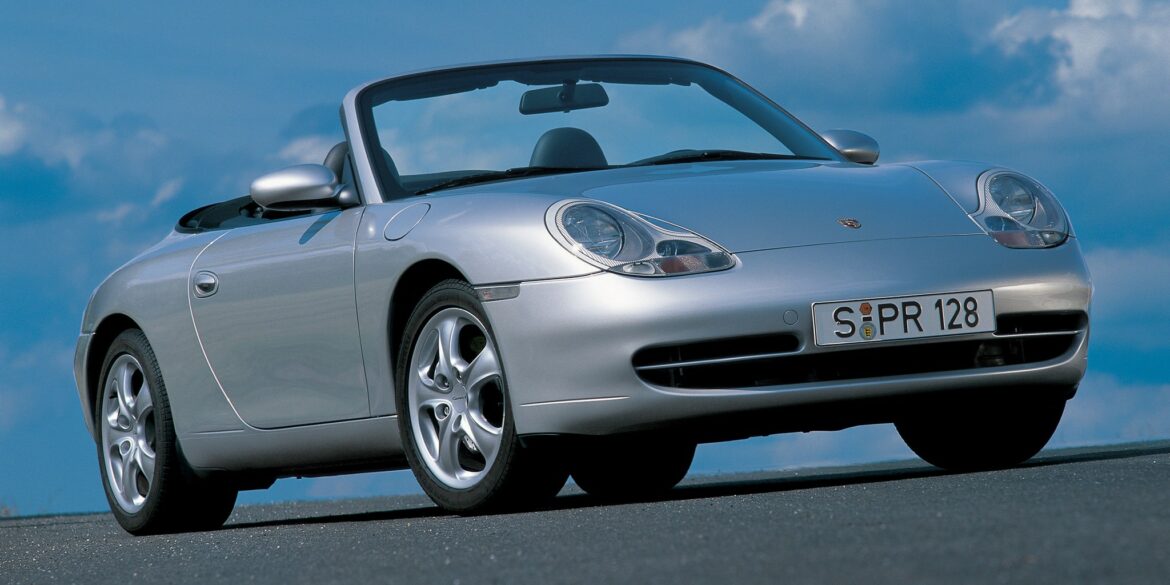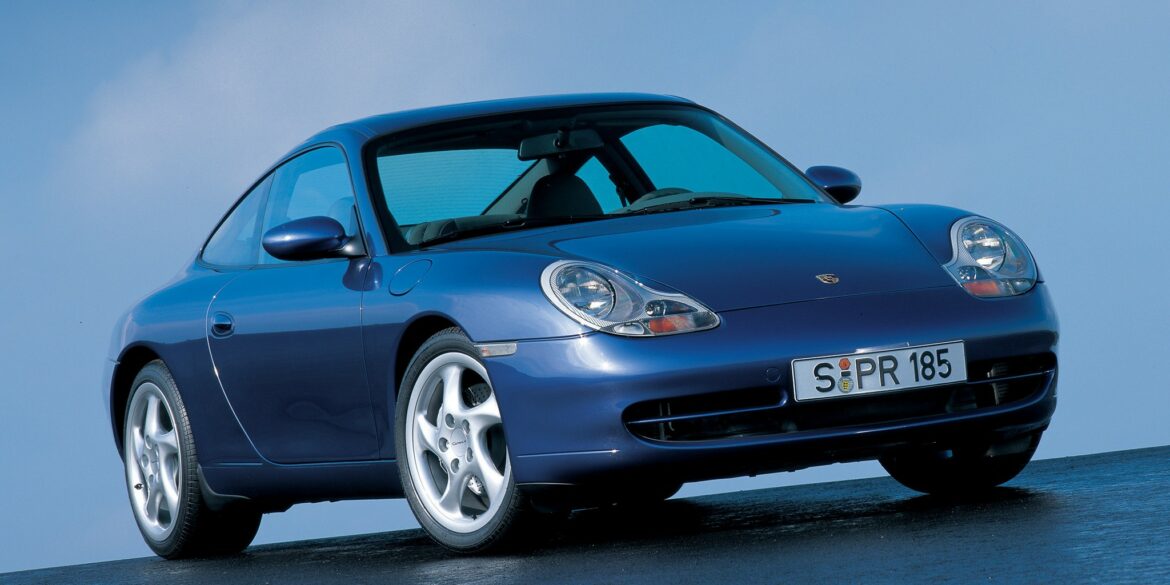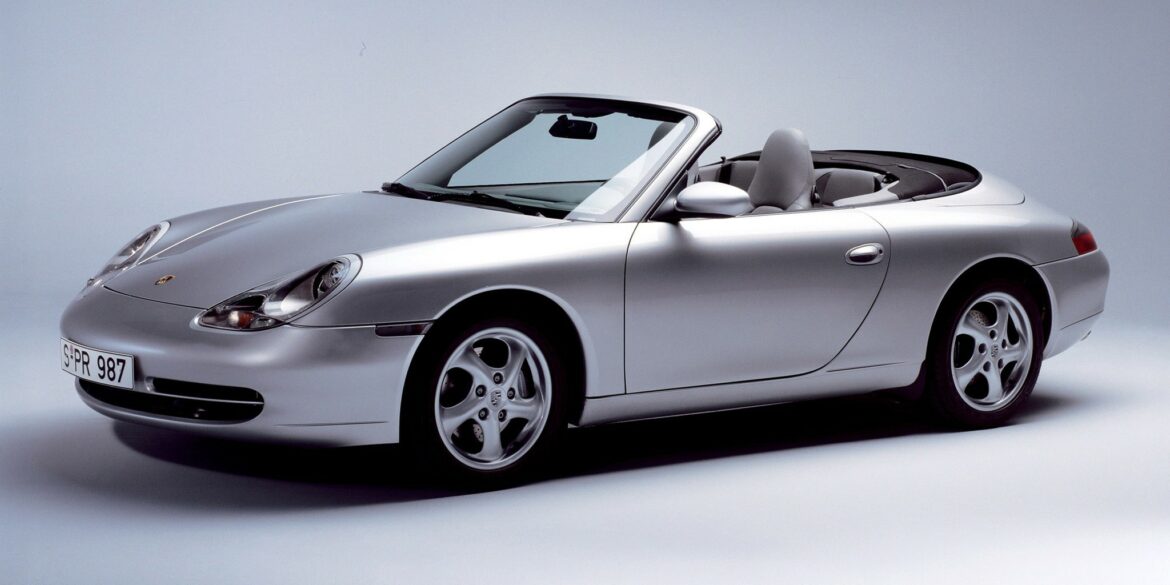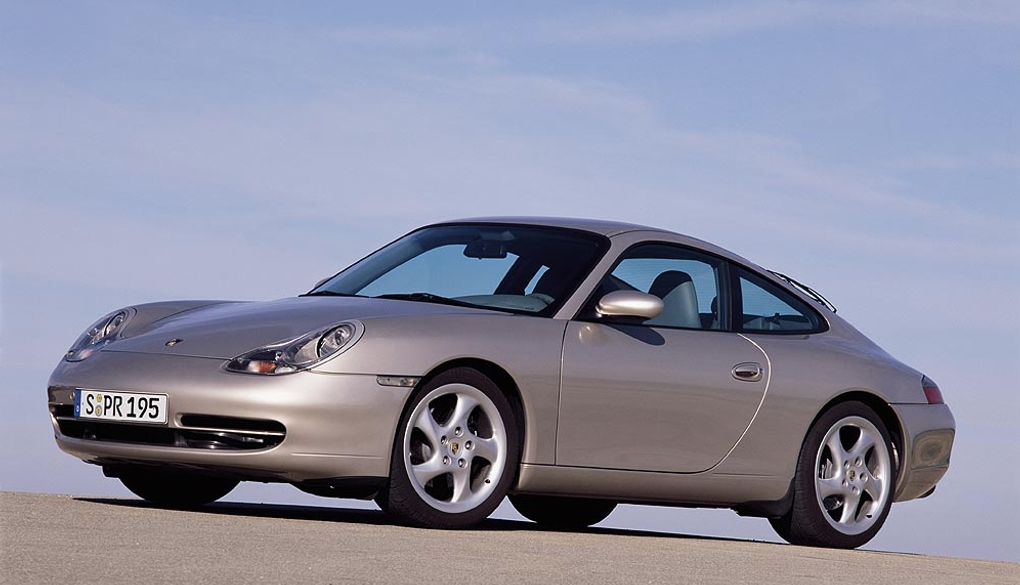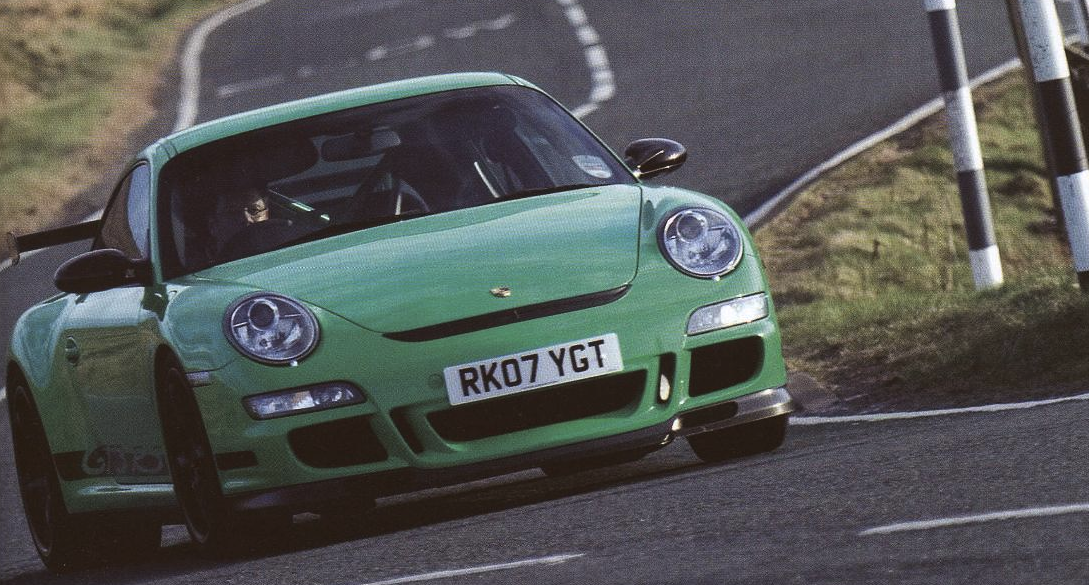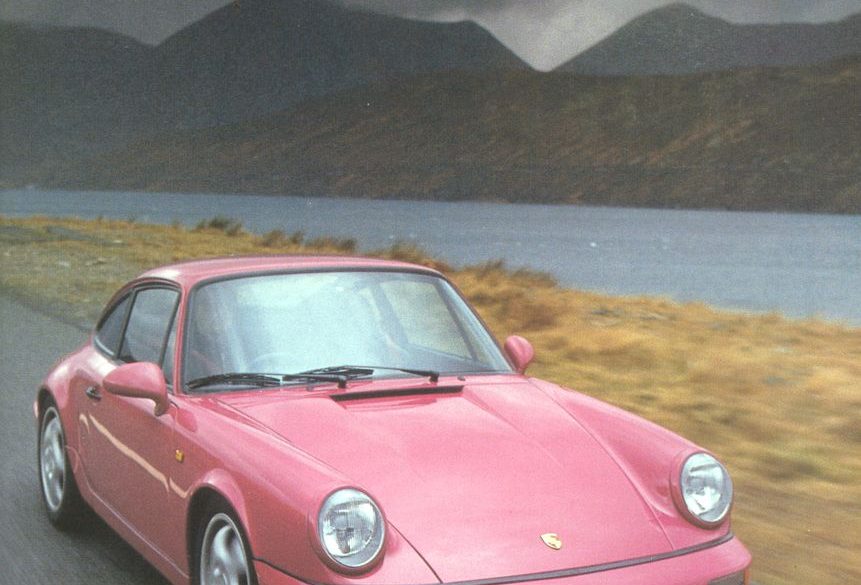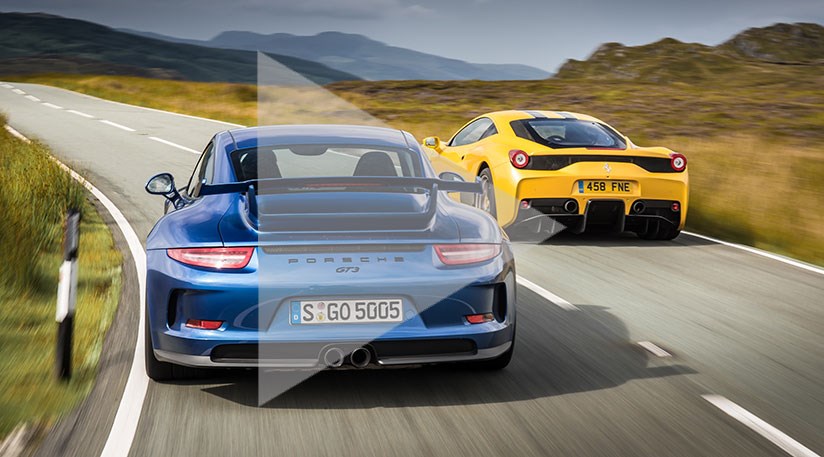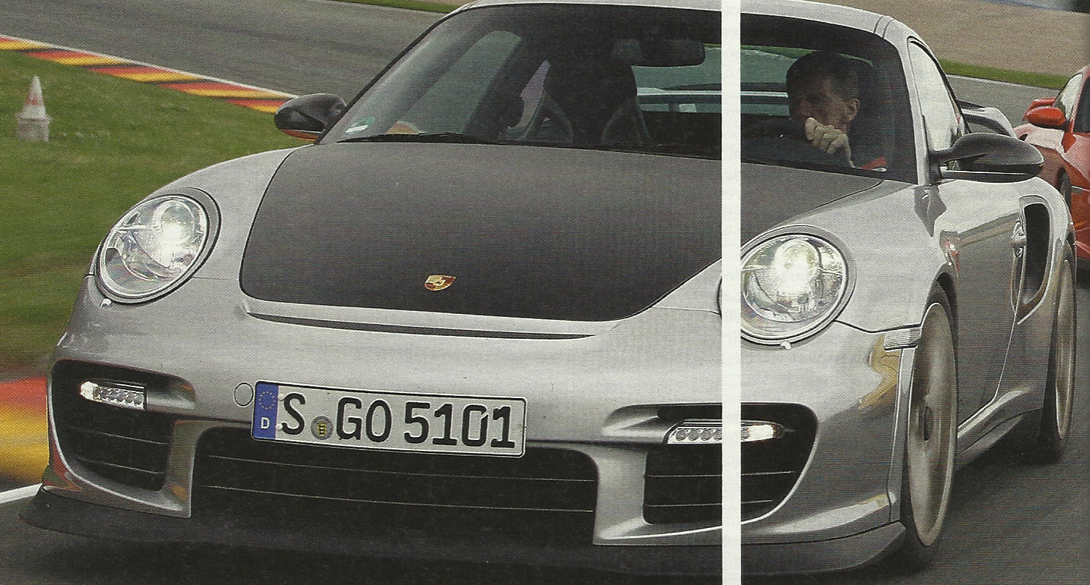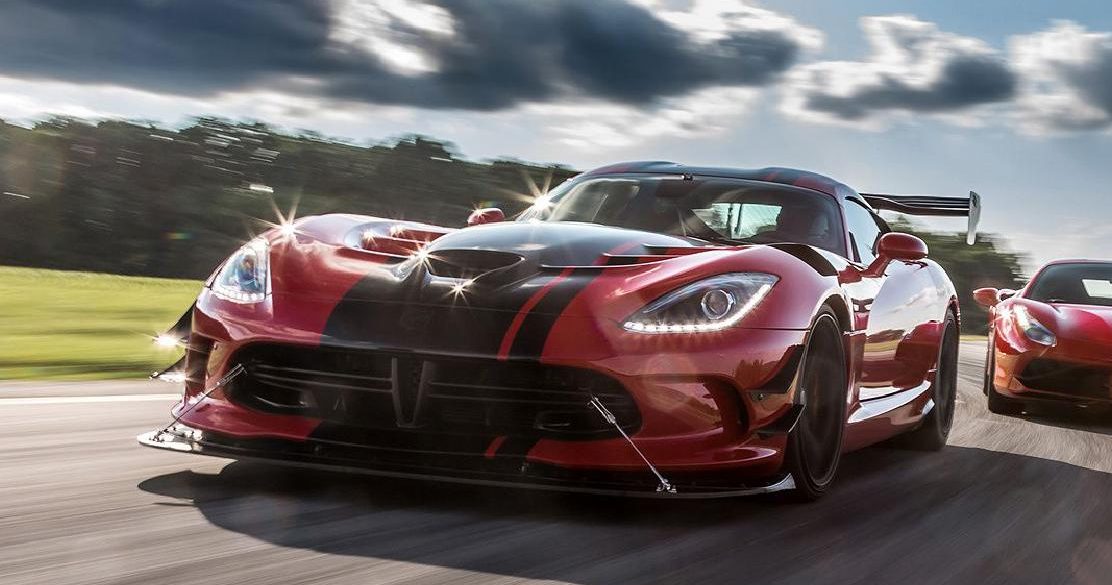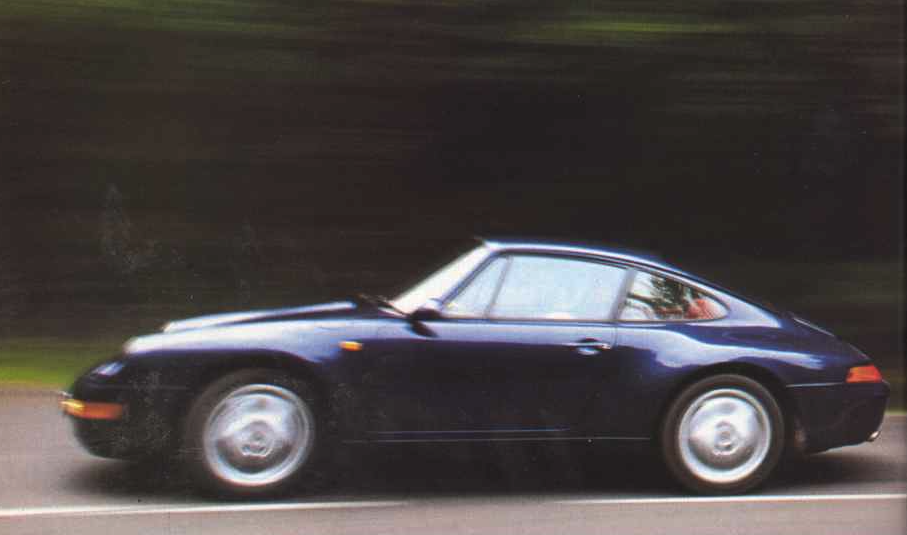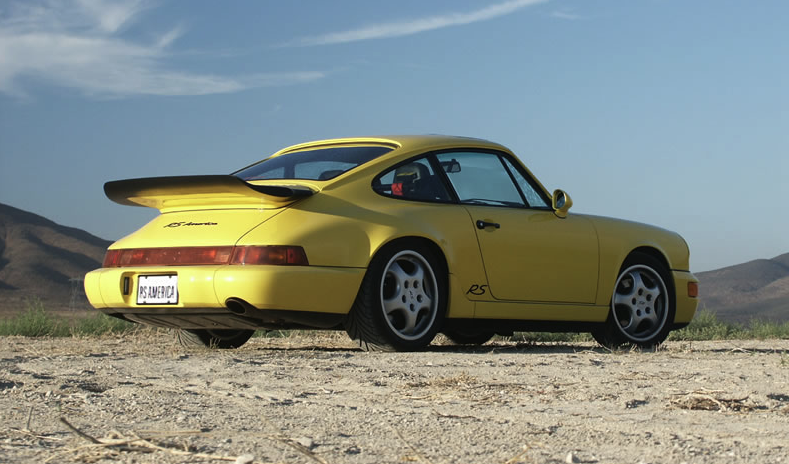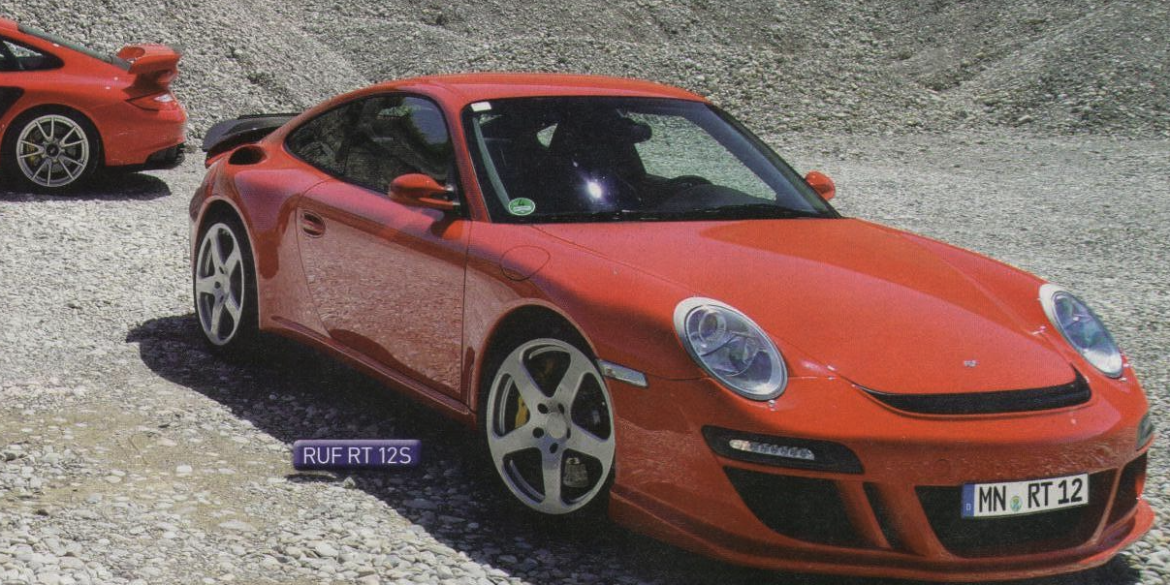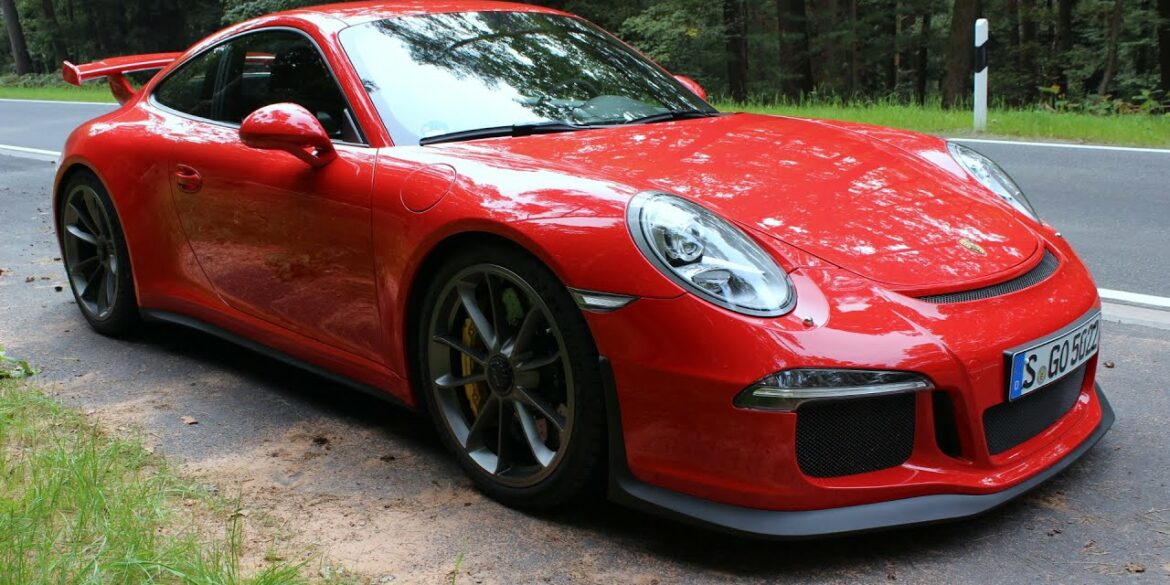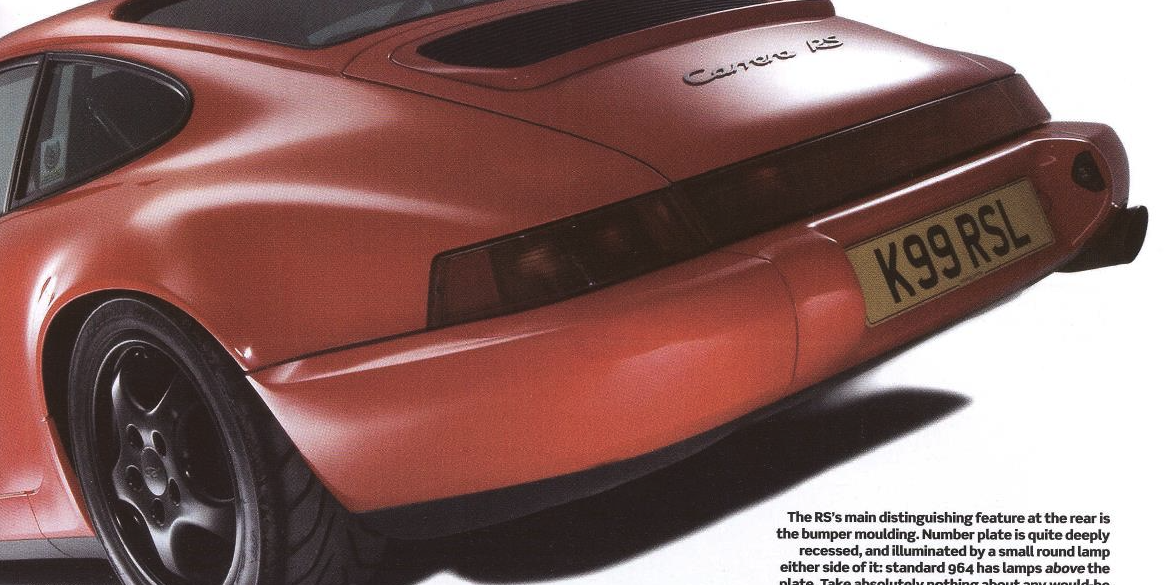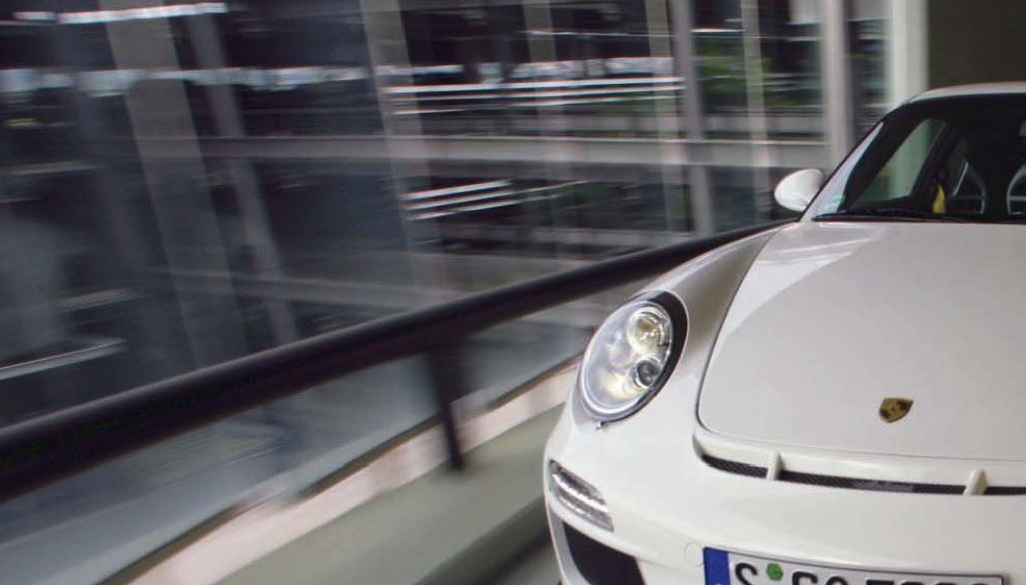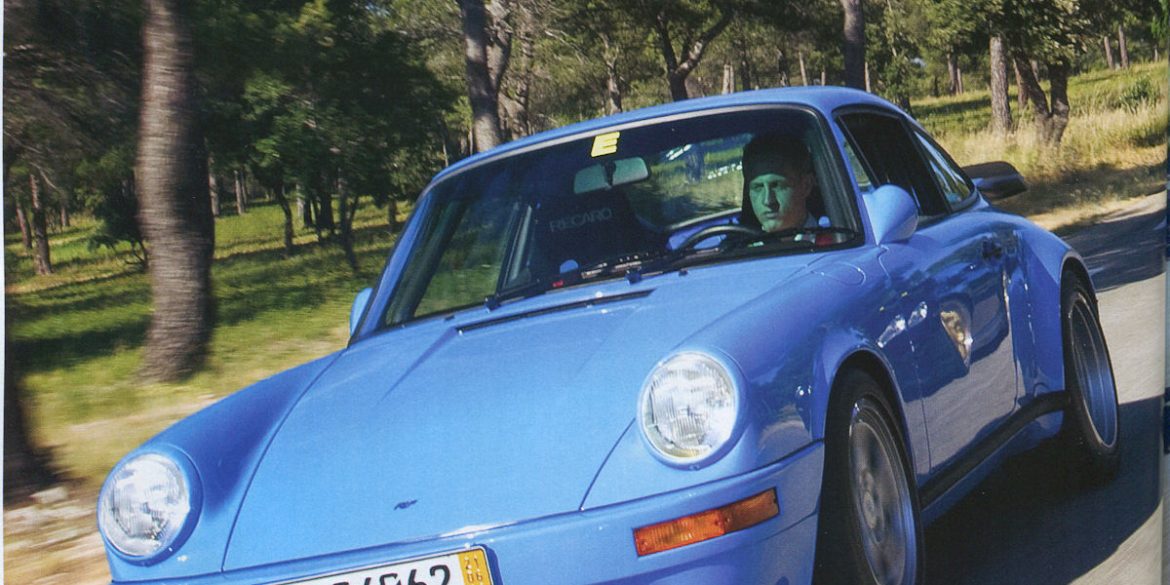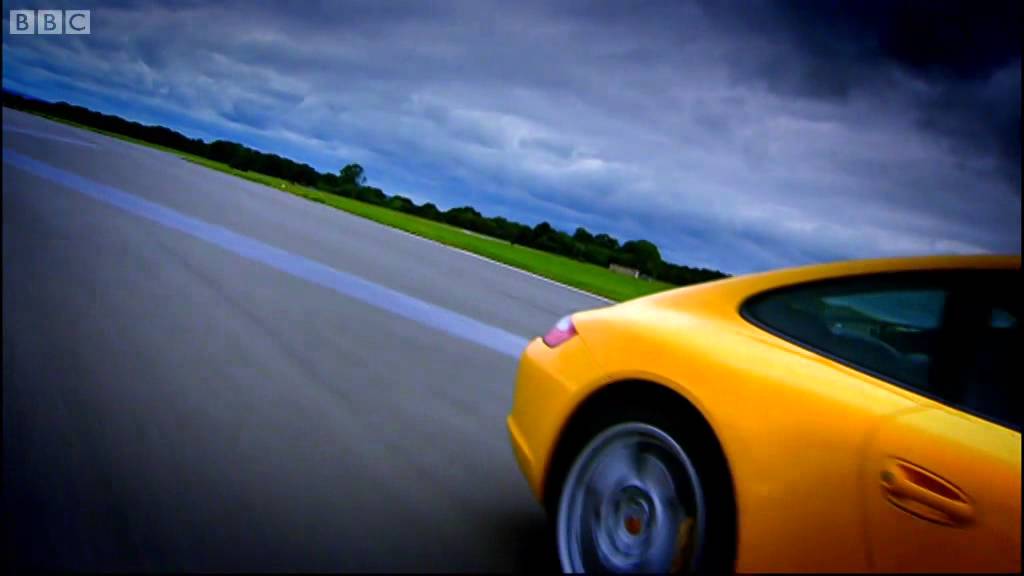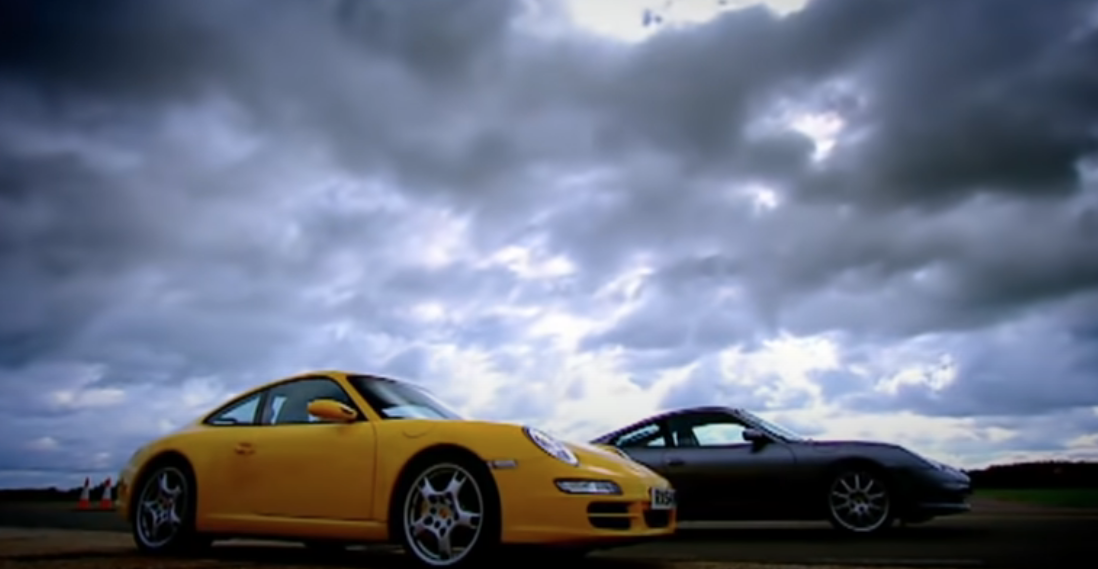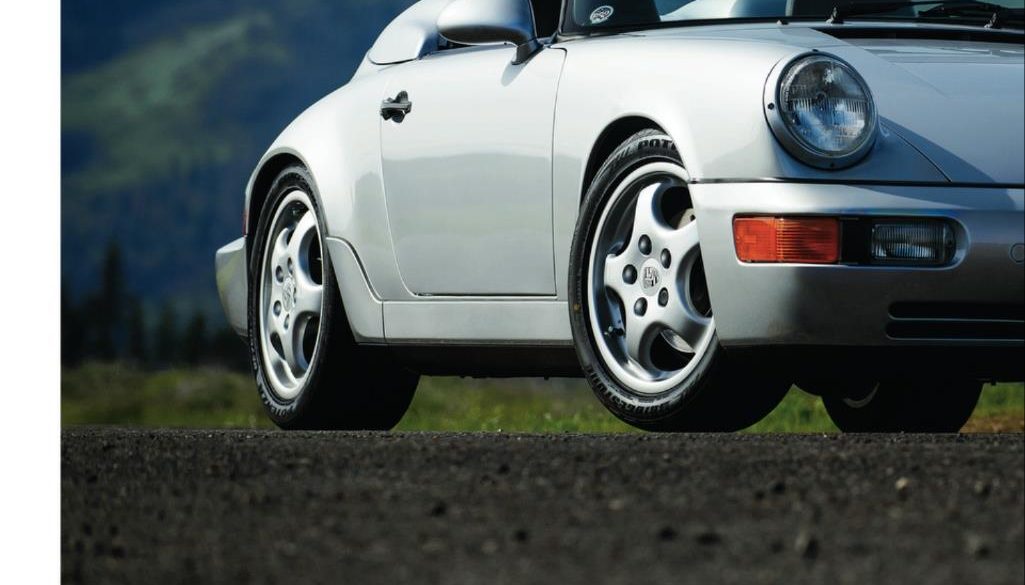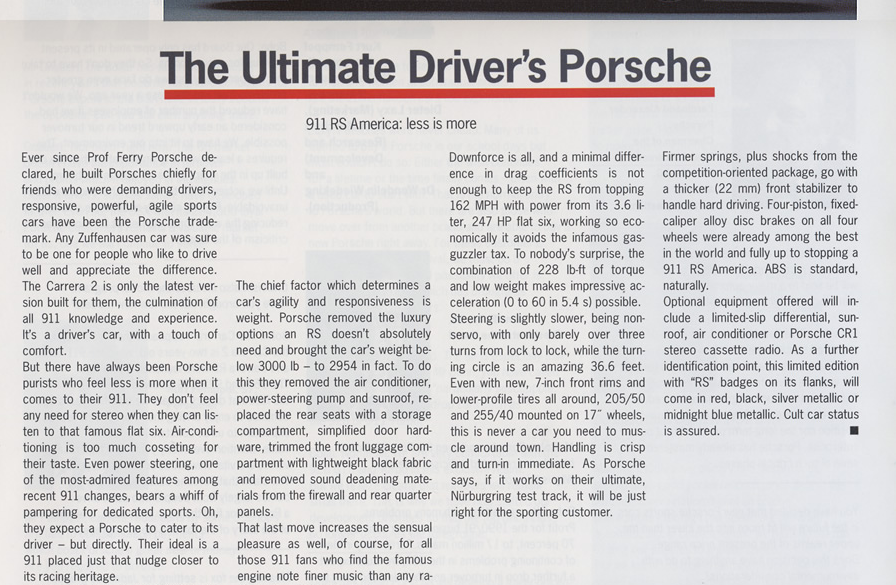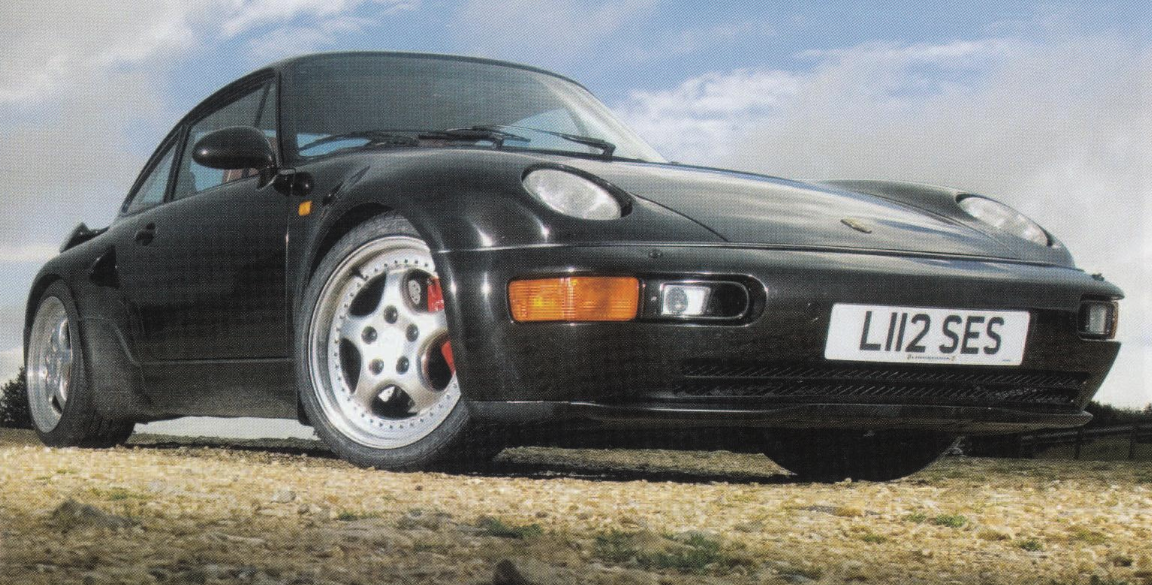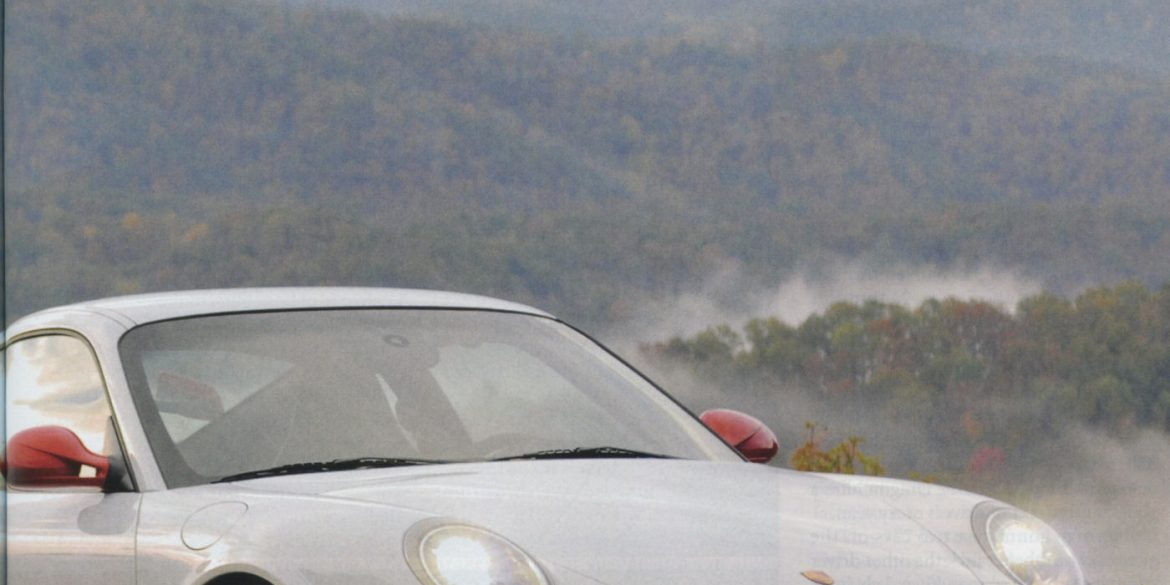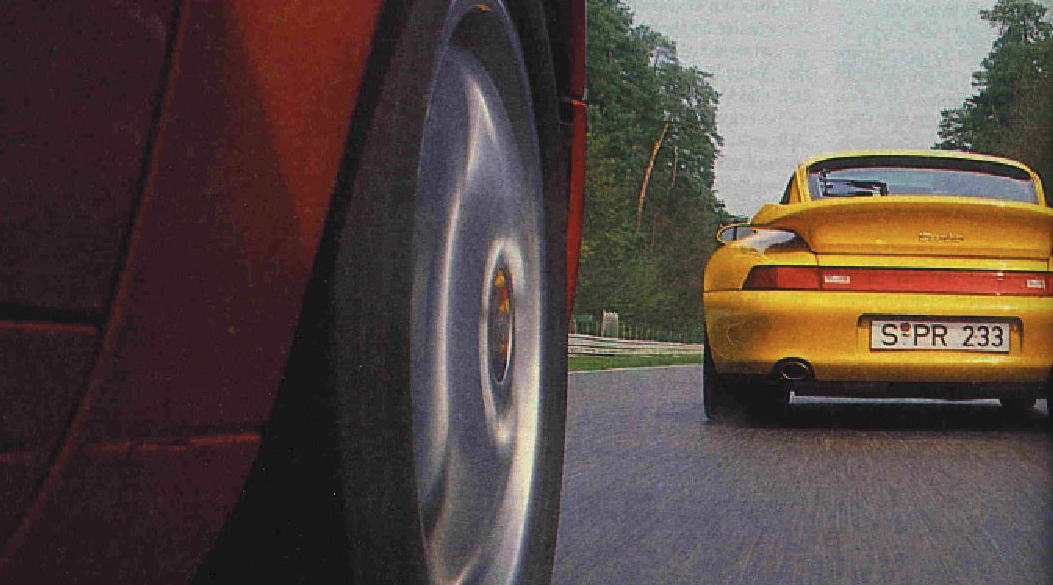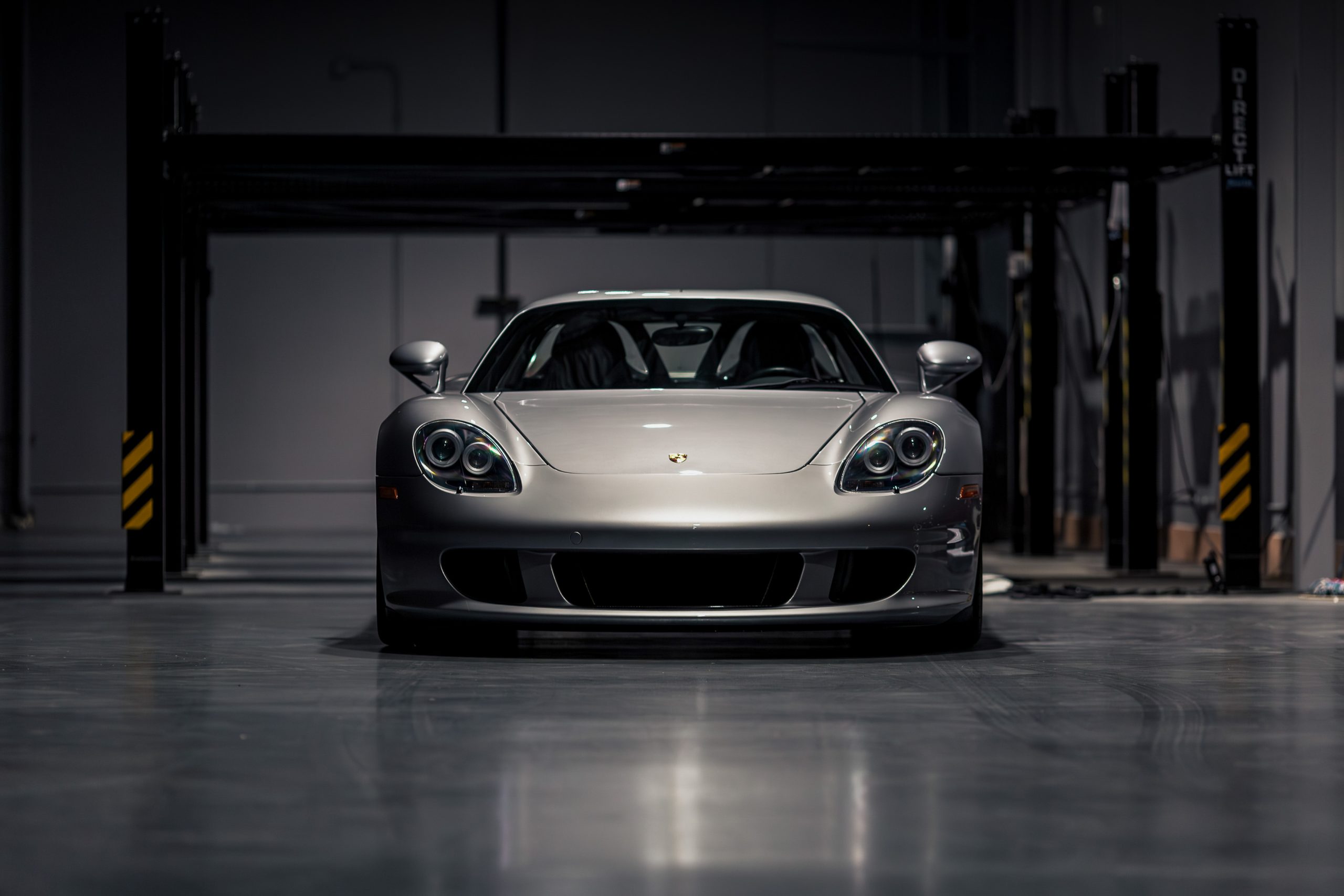No Subscription? You’re missing out Get immediate ad-free access to all our premium content. Get Started Already a Member? Sign in to your account here....
Porsche 911
All
- Porsche 912
- 911 Carrera RS 2.7
- Porsche 901 (911)
- Porsche 911 (F-Series)
- Porsche 911 (991)
- Porsche 911 (G-Series)
- Porsche 911 (964)
- Porsche 911 (993)
- Porsche 911 (996)
- Porsche 911 (997)
- 911 Speedster Concept
- Porsche 911 (992)
- 964 Carrera 2
- 964 Carrera 4
- ’30 Jahre’ Anniversary
- 964 Speedster
- 964 Turbo
- 964 Carrera RS
- 964 Carrera Cup
- 964 RSR
- 993 Carrera
- 911 Edition 50
- 993 Carrera 4
- 993 Carrera 4S
- 911 2.0 Bertone Roadster
- 993 Carrera S
- 992 Sport Classic
- 993 Targa
- 993 Turbo
- 993 Carrera RS
- 996 Carrera 2
- 992 America Edition 911
- 993 GT2
- 996 Carrera 4
- 993 Carrera Cup
- 996 Targa
- 996 Carrera 4S
- 996 Turbo
- 996 Turbo S
- 996 GT3
- 996 GT3 RS
- 996 GT2
- 996 GT3 Cup
- 996 GT3 R
- 996 GT3 RSR
- 996 GT3 RS Race
- 997 Carrera 2
- 997 Carrera S
- 997 Carrera 4
- 997 Carrera 4S
- 997 Targa
- 911 Carrera 3.0 Coupe (G-Series)
- 997 Targa 4S
- 997 Turbo
- 997 Turbo S
- 992 Carrera T
- 997 GT2
- 997 GT2 RS
- 997 Speedster
- 992 Dakar
- 997 Carrera GTS
- 997 Carrera 4 GTS
- 997 GT3 Cup
- 997 GT3 R
- 997 GT3 RSR
- 997 GT3
- 997 GT3 RS
- 991 Carrera
- 997 GT3 R Hybrid
- 991 Carrera 4
- 991 Carrera S
- 991 Carrera 4S
- 991 Targa 4
- 991 Targa 4S
- 991 Turbo
- 991 Turbo S
- 991 Carrera GTS
- 991 Carrera 4 GTS
- 991 Targa 4 GTS
- 991 911 R
- 991 GT3
- Porsche 992 GT2 RS
- 991 GT3 RS
- 991 GT2 RS
- 991 Speedster
- 991 GT3 R
- 991 GT3 Cup
- 991 RSR
- 991 Carrera T
- 992 Carrera 2
- 992 Carrera 4
- 992 Carrera S
- 992 Carrera 4S
- 992 Targa 4
- 992 Targa 4S
- 992 Carrera GTS
- 992 Carrera 4 GTS
- 992 Targa 4 GTS
- 992 Turbo
- 992 GT3 R
- 992 Turbo S
- 992 GT3
- 992 911 S/T
- 992 GT3 Touring
- 992 GT3 RS
- 911 (G-Series)
- 992 GT2 RS
- 992 GT3 Cup
- 911 Carrera 3.0 (G-Series)
- 911 S (G-Series)
- Porsche 992 GT3 R Rennsport
- 911 Carrera RSR 2.8
- 911 SC (G-Series)
- 911 S/T
- 911 (Base Model)
- 911 Carrera 3.2 (G-Series)
- 911 L
- 911 SC Safari
- 911 Turbo (930)
- 911 T
- 911 Carrera RSR Turbo 2.1
- 911 E
- 911 Carrera RSR 3.0
- 911 S
- 911 SC San Remo
- 911 R
- 911 Carrera 3.2 Clubsport
- Porsche 953
- 911 T/R
- 911 Carrera 25th Anniversary
- 911 Carrera RS 3.0
- 911 SC RS
- 911 Turbo LE
- 911 3.2 Speedster
- 911 Carrera 2.7 (G-Series)
- 911 Carrera Commemorative
- 911 Turbo 2.7
- 964 Turbo S
- Porsche 954
- 992.2 GT3
- 992.2 GT3 Touring
- 997 Sport Classic
A Legend Reviews A Legendary Car...
991.1 Porsche 911 GT3 RS Review Evo’s Henry Catchpole delivers his first impressions on the incredible new 991.1 Porsche 911 GT3 RS...
They Tell Us Not to Worry. I Worry. Let’s See. The latest generation of GT3, the 991, is here and the manual gearbox has been banished. PDK all the way but has that killed the appeal of this monster?...
Porsche 991 GT3 RS on road and track The latest generation of GT3 RS, the 991. Lighter than a GT3, with more power, more grip, more aero and more purple....
Coffee, Magnus, and a 700HP Porsche GT2 Matt Farah tests the SharkWerks Porsche GT2, a 700HP beast of a car....
Mercedes AMG GT S vs 991 Porsche 911 GTS The Mercedes-AMG GT is a loud, dramatic coupe tied to an old-school ethic. Matt Prior pits it against the Porsche 911 to find out which is best....
The 911 GT America was based on the 991 GT3 Cup. It was built exclusively for the United Sports Car Racing (USRC) series and its GT Daytona class for 2014. While the GT3 Cup had a 3.8-litre engine at the time, the GT America was fitted with a 4.0-litre unit developing 351 kW. The main visual difference is the rear spoiler made to fit the USRC rules. Like the GT3 Cup, the GT America has 380 mm steel brake rotors at the front axle with 6-piston fixed calipers.
Introduced in late 1994 the standard 911 Carrera of the 993 generation was fitted with a development of the M64 3.6-liter flat six that had been found in the prior 964 generation. With a redesigned exhaust system and new hydraulic lifters, the engine produced 272 horsepower. For the 1996 model year, a Targa variant was introduced, and a variable intake runner system (called VarioRam) was added to the entire Carrera lineup, bumping horsepower to 285. Approximately 23,000 coupes were built, 15,500 cabriolets, and 4,500 Targa's, in both manual and automatic (Tiptronic) transmission. Overlapping with the last year of production, it was replaced by the 911 Carrera of the 996 generation for model year 1998.
No Subscription? You’re missing out Get immediate ad-free access to all our premium content. Get Started Already a Member? Sign in to your account here....
Matt Farah Reviews the 991.1 GT3 The latest generation of GT3, the 991. Matt reviews a 2015 Porsche 991 GT3 on Little Tujunga Canyon Rd! The 991 GT3 features a 475 HP flat-six engine, PDK gearbox, and in this base model, steel brakes....
For those who want more extreme performance, handling and track-day bragging rights, the RS is it. It's far from practical and may be too extreme for some, especially on the street, but on track it is exceptional. Only marginally quicker than the 991 GT3 that it is based on, but it delivers that performance with a different character. Massive grip, massive downforce and more extreme than the GT3. It delivers 80 per cent of the downforce of the full-on GT3 R race car, and with a carbon fibre bonnet and wings, a magnesium roof and polycarbonate rear windows and screen, it’s also light, weighing in at just 1,420kg.
Everything you need to know about the 991.1 Turbo S Cab comes from Car and Driver test results. "Launch control puts the computer in charge and sends the 3741-pound Turbo S Cab to the far side of 60 mph in just 2.8 seconds. A quarter-mile that nearly breaks into the 10s—11.1 seconds at 124 mph—attests to how serious this car gets when provoked. We saw 1.0 g on the skidpad and a stopping distance of 151 feet, both strong numbers abetted by the hilariously staggered Pirelli P Zeros (245/35 in front, 305/30 in back)". This is in a comfortable, all-wheel drive, grand touring convertible.
Porsche offered the 991 Turbo S from the start of the production of the 991 Turbo. The unique features of the Turbo S were the GT3 mirrors, slightly different front spoiler grilles and interior features. As before, the Turbo S was a heavily equipped version of the Turbo. The powerkit added 29 KW of power and the following equipment came as standard: PDCC hydraulic rollbar system, Sport Chrono (Launch control and 0.15 bar overboost functions), dynamic engine mounts, PCCB Porsche Ceramic Composite Brakes, central lock wheels, full LED dynamic headlights, 18-way Sport Plus seats with memory.
Porsche introduced the 991 GT3 for the 2014 model year, as follow up to the multiple 997 GT3 variants. The 991 GT3 featured a new 3.8 litre direct fuel injection (DFI) flat-six engine developing 475 hp (354 kW; 482 PS) at 8,250 rpm, Porsche's Doppelkupplung (PDK) double-clutch gearbox, and rear-wheel steering. The 911 GT3 is claimed to be able to accelerate from 0-60 mph (97 km/h) in 3.1 seconds or less, and the quarter mile in 11.2 seconds at 126 mph (203 km/h). It evolved into the 991.2 GT3 for model year 2018.
The 2014 50th Anniversary Edition 911 was built by Porsche to commemorate the 911’s birthday, 50 years after its production launch in 1964. In homage to 1963, the year the 911 debuted at the 1963 Frankfurt Motor Show, production was limited to 1,963 units. The 50th Anniversary uses the wider body from a Carrera 4S (but remains only rear-wheel-drive) and is lower than a standard Carrera by 10mm. The 20 inch-alloys are a modern take on the original Fuchs wheels, and the seats are finished in “Pepita” cloth. Includes Porsche Active Suspension Management (PASM), sports exhaust and powerkit tickled 430 hp flat six.
Carrera RSR 3.0 Sounds Spectacular Porsche 911 Carrera RSR 3.0 in action! Natural Sound. 1974 Porsche 911 RSR 3.0 a historic Race car of Le Mans 24 Hours! 182.7 cu in. | 3.0 L. – 315 BHP (231.84 KW) @ 8000 RPM. Drivers: #96 – Santiago ORJUELA / Juan ORJUELA...
991 911 Carrera GTS Review The Porsche 911 Carrera GTS (991) stretches what the original GTS stood for but in real world terms it might be the best 911 if the standard car isn’t quite enough for you but you need something you can drive every day....
Jay Leno’s Garage Review of a tuned Porsche 997 GT2 When Magnus met Alex Ross of SharkWerks at Jay’s garage, a love connection was made – which yielded this baby!...
Porsche 930 Turbo – One Take Matt tests a modified Porsche 930 Turbo making 150 hp more than stock! The 930 turbo used to be known as “the widowmaker” for its peaky powerband, but with modern tires, it really becomes a joy to drive....
In 1988, Porsche produced 875 examples of the CE or Commemorative Edition 911 Carrera in coupe, targa and cabriolet variants to mark the production of the 250,000th 911. Distinguishing features include special diamond blue metallic paint with color-matched Fuchs wheels, front and rear spoilers, and interior carpets and leather. These cars also featured Dr. Ferdinand Porsche's signature embroidered on the seats in the headrest area.
Just 50 ‘C16’ cars were manufactured for the UK-market, initially equipped with an uprated engine of 330bhp (from 300) mated to a 4-speed transmission. However, at the end of 1988, the uprated 5-Speed G50 gearbox was introduced, dramatically easing the peaks in power delivery by reducing the effects of ‘turbo-lag’. The factory SE also benefited from a dual-exit exhaust system, limited-slip differential, heated front seats and a sunroof.
The 911 Carrera Club Sport was Porsche refocusing on what they do best – high performance, lightweight motoring. This is probably the most underrated Porsche ever made. Manufactured between August 1987 and September 1989 only 340 cars. It had a blueprinted, high revving engine mated to a modified short-shift, close-ratio G50 gearbox. It had track-bias suspension modifications too.
Porsche introduced a new wide-body package option. Known as the M491 option it was commonly known as the "Turbo-Look". It gave the naturally aspirated cars the look and style of the 930 Turbo with wide wheel arches and the distinctive "tea tray" tail. It wasn't just about looks however, because M491 also got you the stiffer suspension shared with the Turbo and the superior Turbo braking system as well as the wider Turbo wheels. It was available on the Coupe, Cab and Targa.
Finally, in 1982 the model 911 SP 'Ferry Porsche' was introduced as a special edition to celebrate 50 years of Porsche. This special edition was finished in Meteor metallic paint with burgundy leather interior and a 'Ferry Porsche' signature on the headrests. Only 200 of these now-classic special cars were built (130 Coupes and 70 Targas). The 911 SC “Jubilee” or “Ferry Porsche” is the first “limited series” sold in Europe.
Thrashing Porsche’s Most Epic Car It’s #ThrowbackThursday! Jason is trying out the Porsche 911 GT2 RS to see if it competes with the Ferrari 458 Italia....
Slantnosed and based on that of the 935 racecars, with pop-up headlamps. The front spoiler was made deeper in order to accommodate the extra oil cooler, while intakes in the rear wings fed air to the brakes. The larger turbocharger and four-outlet exhaust gave 30bhp of extra power. Porsche began their “special order program” offering a Flachbau option (Slantnose) for the 930 in very limited production. All of this at a cost of nearly 2 times the standard 930S.
In 1980, a true limited edition model 911SC was produced for the American market. The 'Weissach' edition was a standard SC with special paint. It was built in 1980 to honor the Porsche Motorsport team working in Weissach Germany. 468 units were made and half were painted Metallic Black, the other half in Platinum Metallic. The interiors were wrapped in Doric Grey leather with burgundy piping. Additional body and mechanical specs included whale tail spoiler, Bilstein dampers and Fuchs wheels.
The 'Martini' edition of 1978, was identifiable by a set of side stripes similar to those that appeared on the 1976 British Motor Show 911 Turbo which was clad with the stripes to celebrate victories in the World Manufacturers Championship and the World Sports Car Championship, as well as the fourth consecutive racing season with sponsors Martini & Rossi. The stripes were so popular that Porsche quickly made them an option available to any owner as a factory or retro fit.
Commemorating 25 years of Porsche sports car production, the 911S Silver Anniversary Edition is distinguished by unique Diamond Silver Metallic paint and a special black leatherette and tweed interior. The first of Porsche’s commemorative ‘celebration’ cars, this Silver Anniversary was produced in a limited run of 1,063 examples, of which approximately 500 are reported to have made their way to the United States.
Commemorating 25 years of Porsche sports car production, the 911S Silver Anniversary Edition is distinguished by unique Diamond Silver Metallic paint and a special black leatherette and tweed interior. The first of Porsche’s commemorative ‘celebration’ cars, this Silver Anniversary was produced in a limited run of 1,063 examples, of which approximately 500 are reported to have made their way to the United States.
The first road-going 911 Turbo was not the familiar 930 that entered production in February 1975. Nor was it the engine-less prototype that had appeared at the Paris Motor Show in October 1973. Instead, it was a one-off narrow-bodied mule that was subsequently gifted to Ferry Porsche’s sister, Louise, on her 70th birthday in August 1974. Built on chassis 9115600042, this 2.7 Carrera Turbo also pre-dated the prototype 930 that was shown in almost production-ready at Frankfurt show in 1974.
Following the famous 1973 F-model 911 Carrera RS 2.7, Porsche built its successor based on the G-model and it was called the 911 Carrera RS 3.0. With its 172 kW engine, it was the most powerful series production street-legal Porsche made so far. With its new 3.0-liter engine, featuring mechanical fuel injection, it was capable of 230 hp. While 1,580 Carrera RS 2.7s were built for 1973, only 56 Carrera RS 3.0s were built for 1974.
The 996 Cabriolet was introduced in March 1998 at the Geneva Motor Show. The 996 Cabriolet was long ready (remember, it was tested already in 1995), but for marketing and production-related reasons it was launched in 1998 as a 1999 model. While the evolution with the 911 coupe was questionable from 993 to 996, the real evolution came with the cabriolet. In USA - the biggest market - 911 Cabriolets outsold the Coupés. The all-wheel-drive system provides between 5-40% of torque to the front wheels depending on the situation.
Since 1989, the rear-wheel-drive Carrera has always been accompanied by an all-wheel-drive Carrera 4, and the 996 was no different. Overlapping with the last year Carrera 993'S, the 996 Carrera 4 represented two major changes for the venerable 911 lineage: a water-cooled flat-6 engine replaced the air-cooled engine used in the previous 911 model, and the body shell received its first major re-design. Engine was 3.4 L and power was 296 hp featuring a change to an "integrated dry sump" design and variable valve timing.
The flat six in the Carrera 996 was a newly-developed flat-six engine that offered 300 hp. It was mated as standard with a six-speed manual. A 5-speed automatic (Tiptronic) with manual override to shift gears was on the options list. As always, the Carrera 2 was rear-wheel-drive. Designed as a grand tourer, the Porsche Carrera Cabriolet was the base version for the open-top 911 range in 1998. The retractable roof was able to be stowed away in 20 seconds at speeds of up to 50 kph (31 mph), like the rest of the 911 convertible range. With the roof up, the car was tested in the wind tunnel at speeds of up to 338 kph (210 mph).
The 996 series was a monumental update to the 911 story. The Type 996 introduced water-cooled engines and it also ushered in a new body design. The roof line with a windscreen which is around five degrees flatter gives the side view a more fluid look. Gone was the "classic" 911 design, the entire main body now much sleeker. The flat six in the Carrera 996 was a newly-developed flat-six engine that offered 300 hp. It was mated as standard with a six-speed manual. A 5-speed automatic (Tiptronic) with manual override to shift gears was on the options list. As always, the Carrera 2 was rear-wheel-drive.
Twin-Test Review CAR magazine pitches the latest 2014 Ferrari 458 Speciale against the Porsche 911 GT3 (991). Watch our twin test video review here!...
Ultimate Driver’s Car Showdown Ferrari’s brilliant 458 Speciale takes on McLaren’s potent 650S and the well-proven 991 Porsche 911 GT3. Which will come out on top at Castle Combe? Steve Sutcliffe referees....
TheGetawayer Reviews the 991.1 GT3 I finally review the new 2014 Porsche 911 GT3 (991). Can it match the driving experience of the old 997 GT3 and does it still feel like a proper GT3 ? Here are my in-depth impressions.....
The 997 Carrera S Top Gear Review Jeremy takes the Porsche 911 Carrera S out for a spin to see if there really is any difference between it and the previous model. Clip taken from Top Gear Series 5 Episode 1....
Jeremy takes the Porsche 911 Carrera S out for a spin Jeremy takes the Porsche 911 Carrera S out for a spin to see if there really is any difference between it and the previous model....
Evo Track Battle in a 996 GT3 vs Cayman GTS The all-new Porsche Cayman GTS could be the best sports car the German company currently makes. It could even be good enough to take on the iconic 996-generation 911 GT3. We find out on track....


